|
|
|
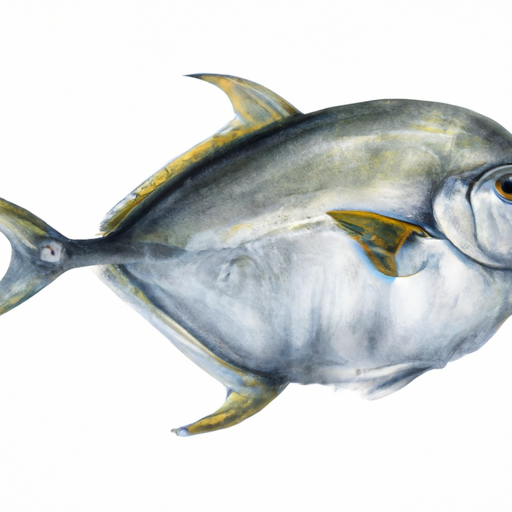
African Pompano
|
The African pompano is the largest and most widespread species of the genus Alectis
The adult specimens are large, vertically flattened fish with bright pearlescent sides and the head is distinctively blunt. In juvenile fish, the forward dorsal rays and anal fins are very long and threadlike that sometimes stretches past the caudal fins. These ‘threads’ remain on the fish until early adulthood, but they are usually lost as the fish grows.African pompano can be distinguished from other members of the genus by the lower number of gill rakers on the first branchial arch ...
|
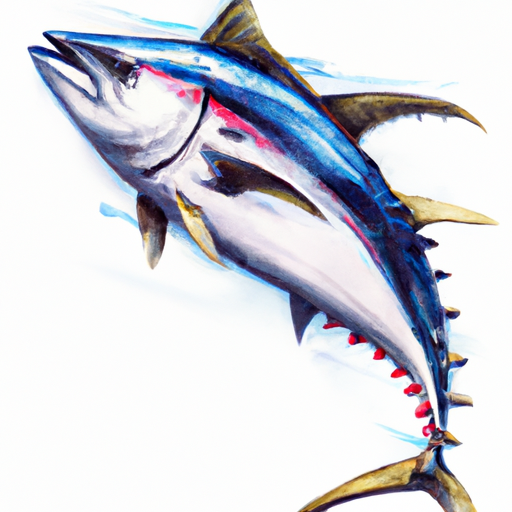
Albacore
|
In the United States the albacore is probably the most valuable tuna in terms of quality and profit.
The most distinguishing feature of this member of the tuna and mackerel family is its long pectoral fins that reach to a point beyond the anal fin. The pectoral fins of other adult tunas may also be moderately long, but never extend all the way to the anal fin. Though the very long pectoral fins readily distinguish the adult albacore from the other adult tunas, it should be noted that juvenile albacore might have shorter pectoral fins than similar-sized yellowfin ...
|
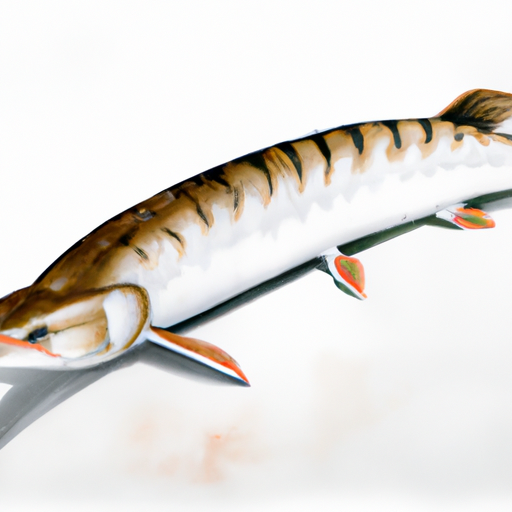
Alligator Gar
|
Believed to grow to over 300 lb. (136 kg), the alligator gar has a head that looks very much like an alligator’s.
It is certainly one of the most distinctive freshwater species of fish. It can be distinguished from all other gars by the two rows of teeth in the upper jaw, its broader snout, and its size when fully grown. All other gars have one row of teeth in the upper jaw. In most other respects all gars are very similar in appearance, with a long body, a long, toothy snout, and a single dorsal fin that is far back on ...
|
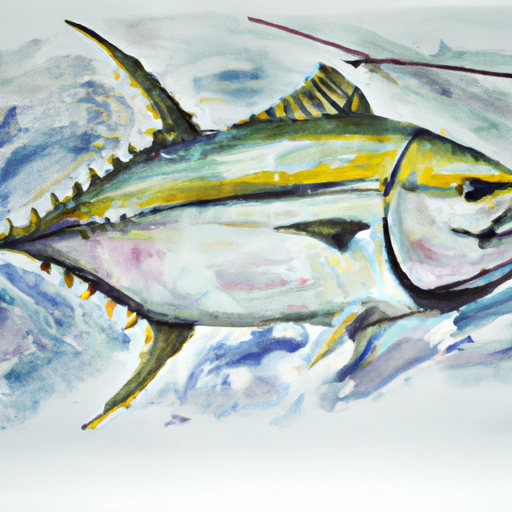
Almaco Jack
|
Almaco jacks are known for their stamina and strength, making them a prized target of sport fishermen.
The Almaco jack is a dusky-colored jack of the family Carangidae with a faint amber or olive stripe running down its side. Similar in appearance to the greater amberjack, the Almaco jack is characterized by a football shaped body and thin forked tail with the body being darker on the top side as well as a white underbelly and a dark line extending from the nose, through the eye, all the way down its flank. The body and lower fins ...
|
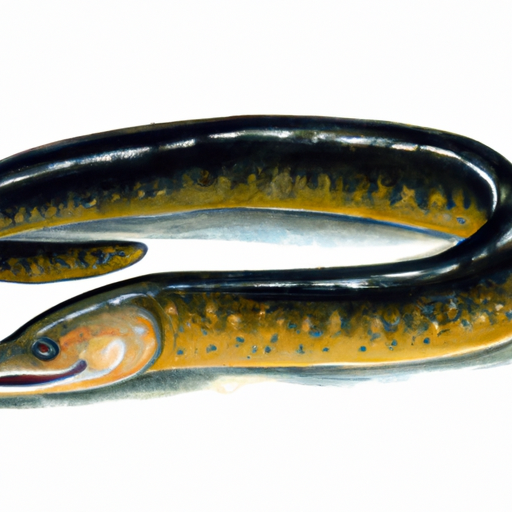
American Eel
|
The American eel probably has the broadest diversity of habitats of any fish species in the world.
The body is snakelike and the head is pointed. The dorsal, caudal and anal fins are combined into one long, continuous fin. The eel’s coloration is dark gray to olive above and yellowish or white on the underside. The average size typically ranges in the range of two feet, although larger specimens may grow upwards of three feet. There have been a few rare occurrences of American eels ranging upwards of five feet.
|
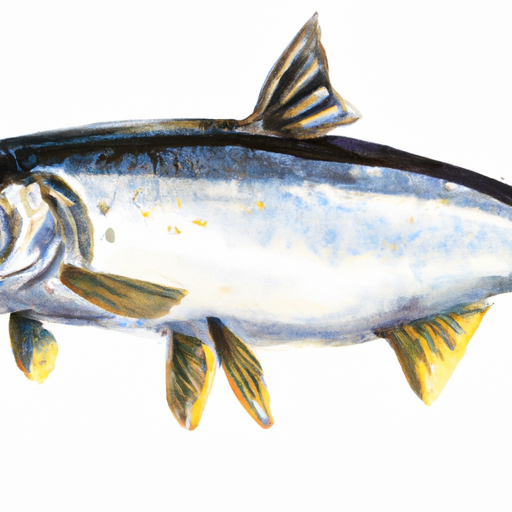
American Shad
|
The American shad is highly regarded as a game fish and its white, flaky flesh supports a considerable commercial fishery.
This is a silvery fish with a single dorsal fin in the middle of the back. There is a large black spot directly behind the top of the gill cover, followed by 4-27 spots, which are generally smaller than the first. Sometimes there may be a second row of spots below the first, and more rarely, a third row below the second.They closely resemble the hickory shad. The most important physical distinction is in the lower jaw. In the American ...
|
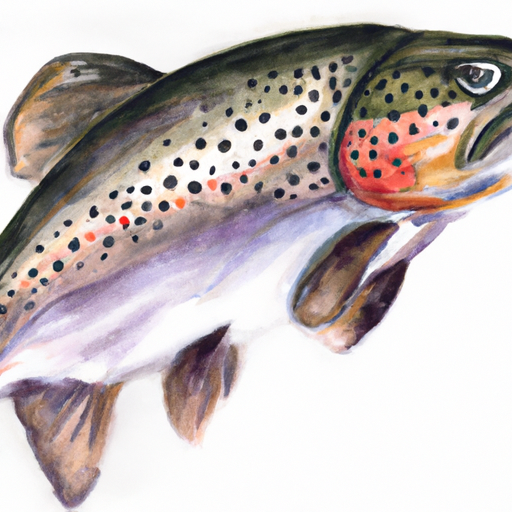
Apache Trout
|
The apache trout is considered to be critically endangered by the IUCN.
The body coloration is golden-yellow or olive yellow, with a golden belly, and Parr marks (vertical bars) can be seen on juveniles, but these marks typically disappear in larger individuals. Spots can be seen in an even distribution of pronounced, moderate-sized, rounded or oval black spots on the sides of the body and on top of the head. These spots may sometimes extend below the lateral line and onto the dorsal and caudal fins. The top of the Apache trout’s ...
|
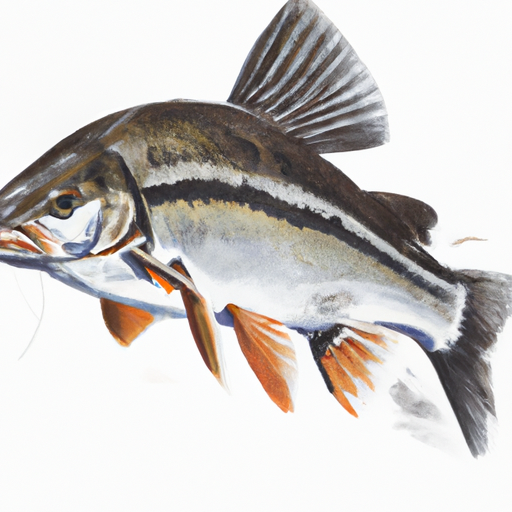
Arctic Grayling
|
As its name implies, the Arctic graying is primarily an inhabitant of northern waters.
It is easily recognized by its distinctive sail-like dorsal fin which is followed by a small adipose fin that identifies this fish as a member of the salmon family. In males the dorsal fin is higher and rounded in the rear portion, and in females it is higher in front and somewhat smaller overall.It is a handsome fish due to its graceful lines, large fin, and coloration. Although the colors vary considerably, the body is generally grayish-silver in appearance, usually ...
|
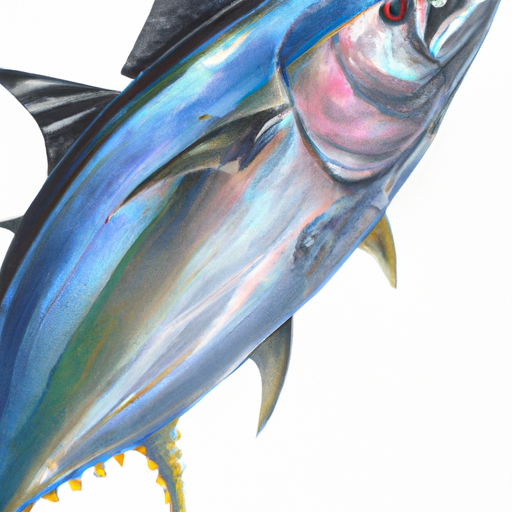
Atlantic Bonito
|
The Atlantic bonito is often confused with the skipjack or with other Atlantic Scombroid species.
The bonitos have stripes on the back, not the belly. The first dorsal fin has 20-23 spines. The second dorsal fin consists of 13-18 rays followed by 7-10 finlets. The anal fin consists of 14-17 rays followed by 6-8 finlets. The caudal peduncle has a lateral keel on either side. As with all Scombroid fishes, there are also two smaller keels farther back, above and below the main keel. The Sarda species have no teeth on the tongue and no ...
|
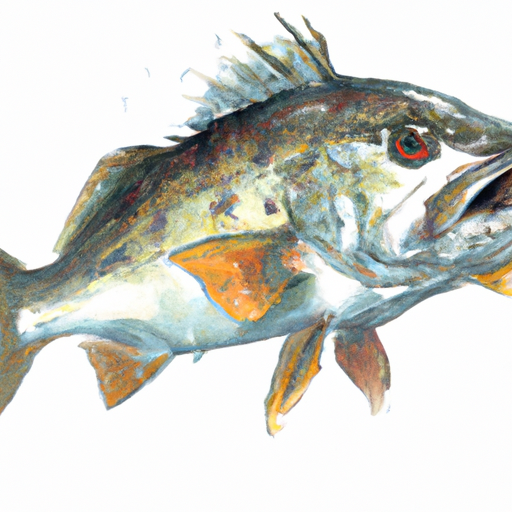
Atlantic Croaker
|
The name ‘croaker’ is derived from the croaking noise that these fish make by vibrating their swim bladders.
Atlantic croaker average about 12 inches in length and weigh up to four pound with the average fish weighing around two pounds. The distinguishing characteristics of the croaker include three to five pairs of small barbels on their chins to help them feel for food on the sea floor. They have a lateral line that extends to the tip of their tail fin and have a downward facing, sub-terminal mouth. Most croakers will have brown to olive vertical stripes on ...
|
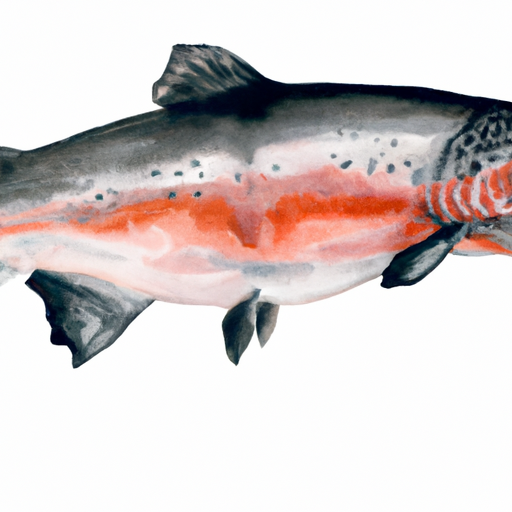
Atlantic Salmon
|
The value of the Atlantic salmon both as a sport, commercial, and food fish cannot be exaggerated.
It has the body shape of a trout, and it is distinguished from trouts of the genus Oncorhynchus by coloration, size, and location of occurrence, among other things. At sea it is a silvery fish with a sparse scattering of small black spots often shaped like Xs or Ys on the upper half of the body, and sometimes with a few spots on the cheek and gill cover. In inland waters, especially at spawning time, the Atlantic salmon turns a ...
|
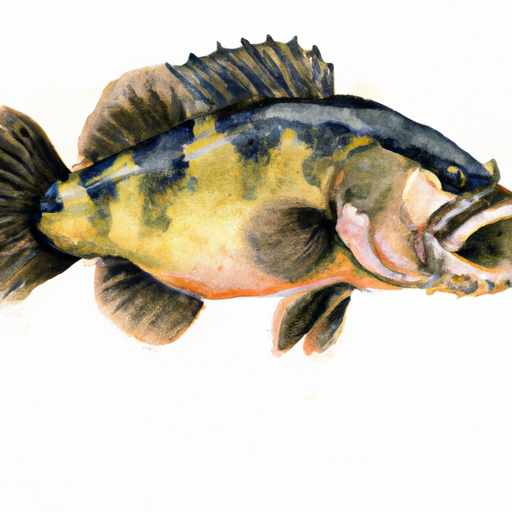
Bigmouth Buffalo
|
The bigmouth buffalo species does not form a large sport fishery since it will not take normal types of baits.
It is the largest member of the sucker family, growing to over 70 lb. (31 kg). In general body shape, it very much resembles the carp. The dorsal fin is similar, beginning with a tall lobe near the middle of the back and continuing to a lower portion nearly at the tail. The carp has a single serrated spine at the beginning of the dorsal fin, while the bigmouth buffalo has no spines in any of the fins. The toothless ...
|
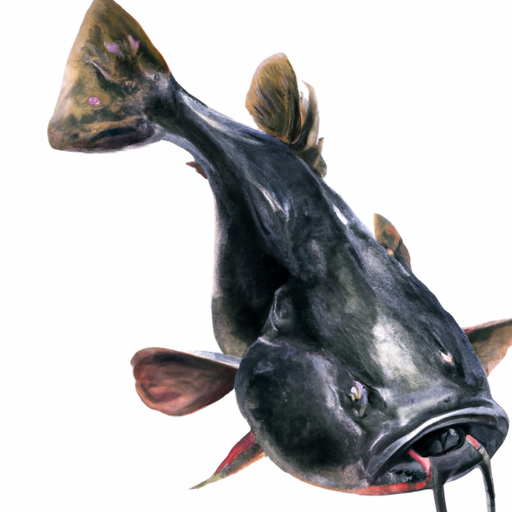
Black Bullhead
|
Despite its common name, color is not the best way to identify the Black Bullhead.
The black bullhead may be dark green, olive, brown, yellowish-green, or black on top, green or gold on the sides, and white or bright yellow below. Spawning males are jet black, as are the very young (the young of brown and yellow bullheads are also usually black). The surest way to distinguish this fish from the brown or yellow bullheads is by the pectoral fins. In the brown and yellow bullheads the rear edge of the pectoral fin spine is ...
|

Black Crappie
|
Crappies are members of the sunfish and the black bass family.
Though they show a definite family resemblance, they are distinctive enough that they shouldn’t be confused with any other species. The black crappie and the white crappie are most often confused with each other. Despite their common names, both species are the same color (dark olive or black dorsally with silvery sides) and both have spots on the sides. However, the pattern of the spotting is distinctly different. In the black crappie the spots are more or less irregular and ...
|
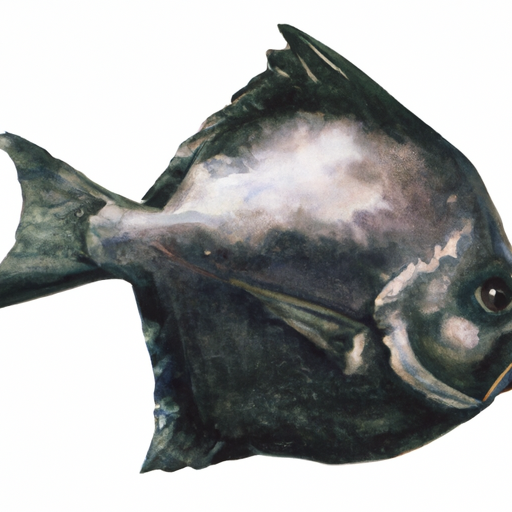
Black Drum
|
Drums use their air bladder to create a sound similar to a drum beating.
Drums are members of the croaker family which are comprised of 260 species including the weakfish, spotted seatrout, white seabass, Atlantic croaker, and California kingfish. The black drum is distinguished from similar species by the unusually large spine in the anal fin and numerous barbels on the chin. There are large pavement like teeth in the throat that are used to crush shellfish. Unlike the red drum, the black drum has no dark spot on the tail base. Juveniles have ...
|
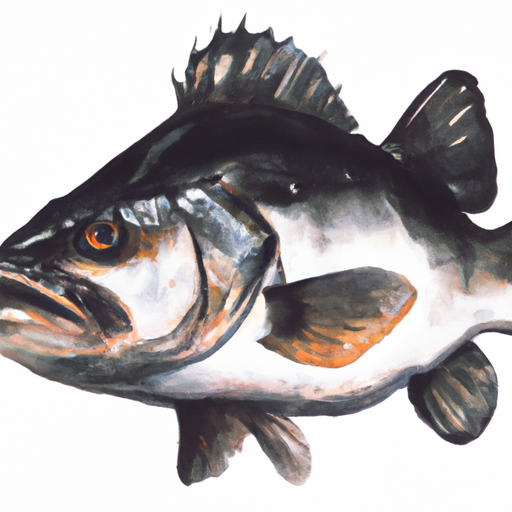
Black Sea Bass
|
Black sea bass are hermaphrodites; most begin their lives as females and change to males.
The tail or caudal fin is rounded, and the top ray of the tail fin is typically elongated in larger specimens. The dorsal fin is marked by several oblique, white spots arranged into stripes, and there is a large dark spot on the last dorsal spine. Large males of the species are sometimes known as humpbacks because of the visible rise or hump just behind their heads.
|
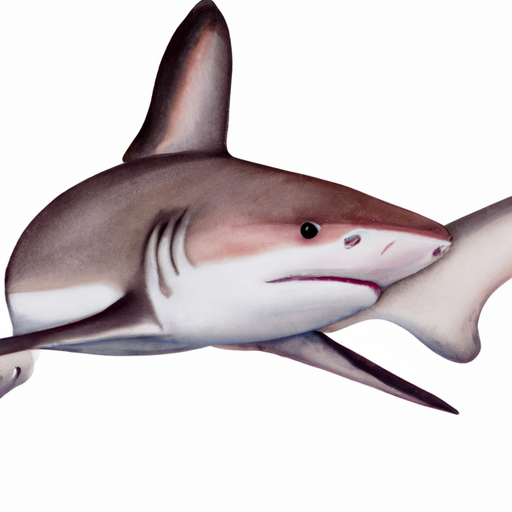
Blacktip Shark
|
The blacktip shark are an outstanding game fish at all sizes and known for their determined runs and tendency of making spiraling leaps.
They are dark grey, ashy blue or dusky bronze on the back, with a white or yellowish-white belly. Other visual characteristics include persistent black spots on the tips of the pelvic fins and a dark band extending rearward along each side of the body, back to about the beginning of the pelvic fin. The blacktip is a stout shark that sports a long, slender, pointed snout, as well as long gill slits and upright, narrow-cusped upper teeth. Anglers often confuse ...
|
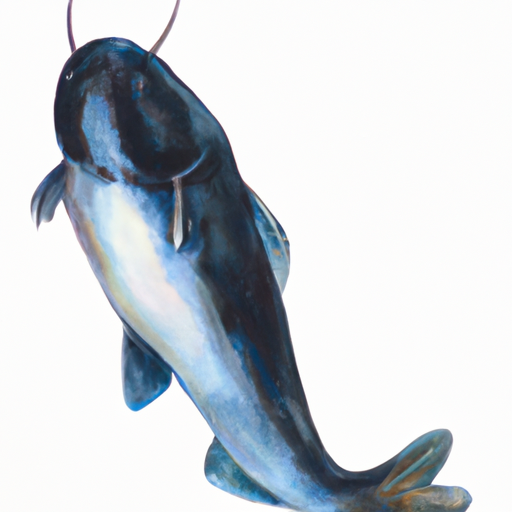
Blue Catfish
|
This is the largest catfish of the family Ictaluridae, reported to grow to 120 lb. (54 kg).
The blue catfish, the channel catfish, and the white catfish are the only three catfishes in the U.S.A. that have distinctly forked tails, setting them apart from the bullheads and the flathead catfish, which have squarish or slightly emarginate tails. The blue catfish can be distinguished from the channel and white catfish by its noticeably longer anal fin, which has a more even depth and a straighter edge than in the other two species. There are 30-36 rays in the ...
|
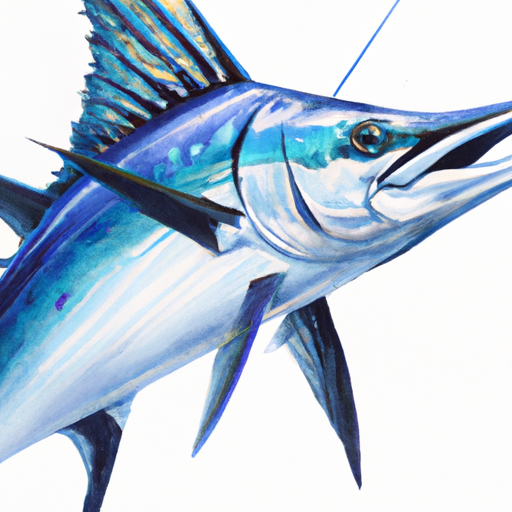
Blue Marlin
|
Japanese longliners report that blue marlin is the largest of the istiophoriod fishes. It apparently grows larger in the Pacific.
All giant marlins are females, and male blue marlin are never completely rigid, even after death, and can be folded completely flat against the sides except in the largest specimens. The dorsal fin is high and pointed anteriorly (rather than rounded) and its greatest height is less than the greatest body depth. The anal fin is relatively large and it too is pointed. Juveniles may not share all the characteristics listed above, but the peculiar lateral line system is usually ...
|
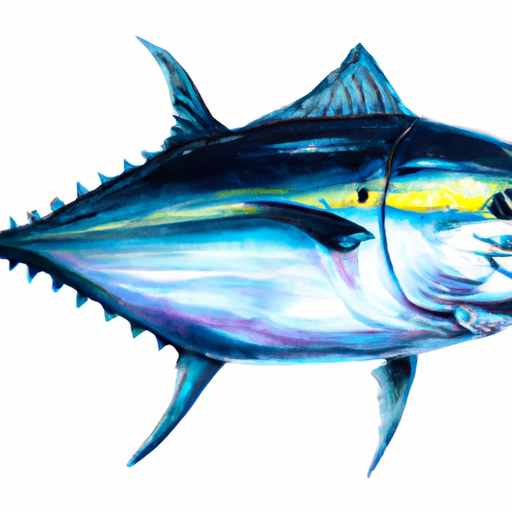
Bluefin Tuna
|
The bluefin tuna is the largest tuna and one of the largest true bony fish.
It can be distinguished from almost all others by its rather short pectoral fins which extend only as far back as the eleventh of twelfth spine in the first dorsal fin. There are 12-14 spines in the first dorsal fin and 13-15 rays in the second. The anal fin has 11-15 rays. It has the highest gill raker count of any species of Thunnus with 34-43 on the first arch. The ventral surface of the liver is striated and the ...
|

Bluefish
|
Anglers can sniff out bluefish by their smell, which is something like fresh cucumbers.
The bluefish is the only member of the family Pomatomidae. The mouth has extremely sharp teeth. The existence of a spine in the second dorsal fin, the absence of head markings, and the lack of an interspace between the dorsal fins distinguish the bluefish from the similar looking greater amberjack. The bluefish’s lack of finlets immediately distinguishes it from the mackerels.The voracious bluefish richly deserves the nicknames marine piranha and chopper because it swims in large schools through shoals of ...
|
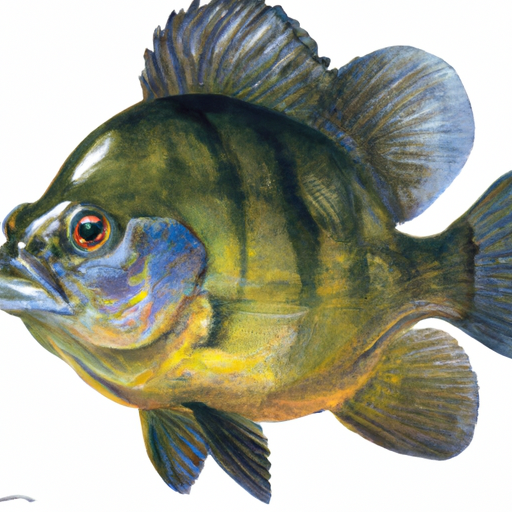
Bluegill
|
Today the bluegill is one of the most popular panfish species in North America.
The Bluegill has a greatly compressed, round (in profile) body that is typical of the sunfishes. Its color is highly variable and many range from dark blue or bluish-purple to yellow, and in some cases, (notably in quarry holes) it may even appear to be clear or colorless. Usually, there are 6-8 vertical bars on the sides, which may or may not be prominent. The gill cover (operculum) peaks into a broad, round flap that is black in color; however, ...
|
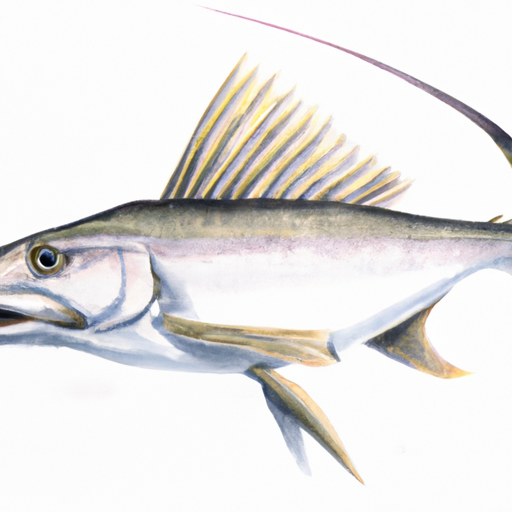
Bonefish
|
As one might expect from the name, the bonefish has an abundance of bones (some of which are quite tiny), for which reason this fish is less popular as table fare.
The dorsal fin consists of 17-19 soft rays. The anal fin has 8-9 soft rays, the ventral fins have 9, and the pectoral fins have 15-17. There are 65-73 scales along the lateral line-none on the head. The sides and belly of the fish are bright silver. Parts of the fins and the snout may show a yellowish or dusky color. Their body is long, thin, and fusiform, with a bluntly conical snout. Bonefish are basically schooling fish. The smaller ...
|
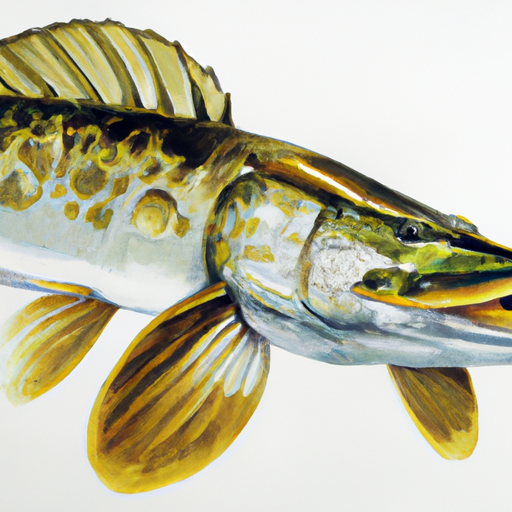
Bowfin
|
The bowfin is considered a living fossil as the sole surviving representative of the Amiiformes.
The bowfin is easily recognized by its flattened head; long, stout body; large mouth full of small sharp teeth; long dorsal fin that extends along most of the back; and rounded tail. In the males there is a spot surrounded by an orange-yellow halo on the upper area of the caudal peduncle. In the females the spot either is not ocellated or is lacking entirely.It is able to gulp air from the surface directly into the air bladder, which is ...
|
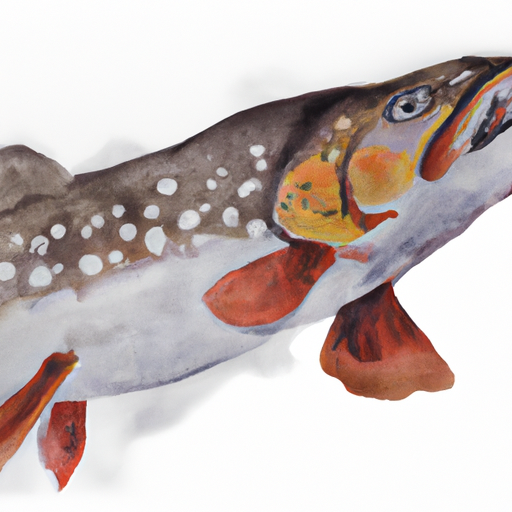
Brook Trout
|
The brook trout is one of the most popular game fishes in northeastern North America.
It is a typical char of the Salvelinus genus. The lower fins (pectoral, pelvic and anal) of chars have a milk-white leading edge, distinguishing them from trouts. It is often identified by the light green to cream-colored wavy lines (vermiculations) on the back and top of the head, and by the pale yellowish or greenish spots and the red spots with blue halos (ocelli) on the sides. The dorsal fin has heavy black vermiculations. The basic color of the back ...
|
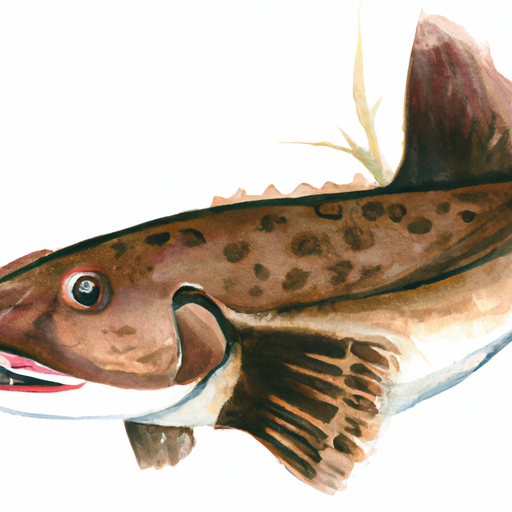
Brown Bullhead
|
The brown bullhead is relatively small compared to other similar species, but is an extremely popular fish with anglers.
The brown bullhead may vary from yellow-brown or chocolate brown to olive, gray, or bluish-black. The sides are often lighter and may be mottled with brown blotches and the belly is yellow or white. Very round brown bullheads are jet black and are often mistakenly believed to be black bullheads. Coloration is not a dependable distinguishing characteristic with this species and it is important to observe other physical characteristics in order to make a positive identification. The brown bullhead and ...
|
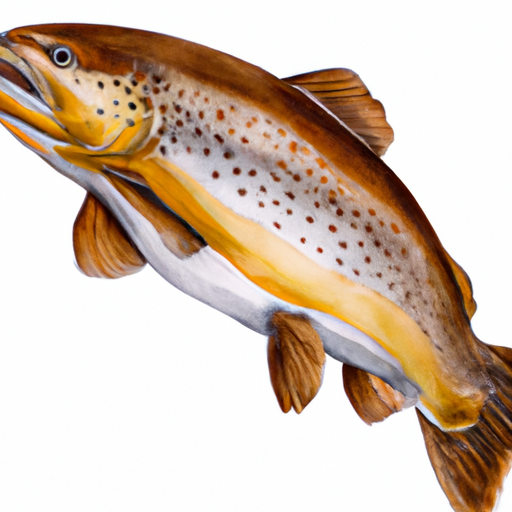
Brown Trout
|
The brown trout is one of the world’s most widely distributed and highly esteemed freshwater fish.
It resembles its relative, the Atlantic salmon. Both have black spots on the back, upper sides, and on the gill cover, and sometimes have red spots. In fresh water especially near spawning time, both species are bronze to dark brown in general coloration, with black and (usually) red spots on the body and head. In salt water both species tend to become silvery with fewer black spots and no red spots.Though both often occur in the same areas, they can ...
|
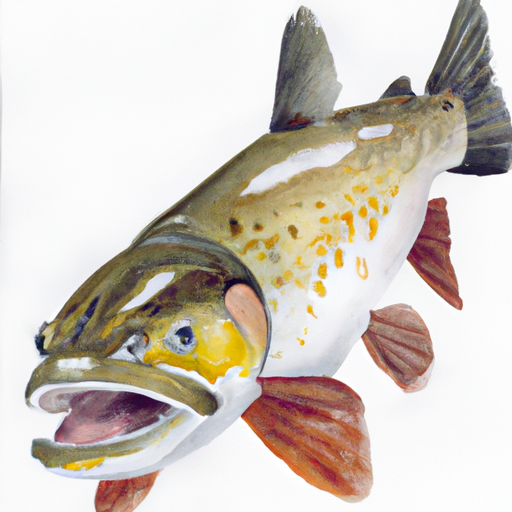
Bull Trout
|
Bull trout are considered excellent water quality barometers due to their need for very clean and clear water to survive.
The bull trout resembles the Dolly Varden in external characters, and will probably require laboratory analysis by a scientist familiar with the species to be positively identified. As a rule one can be fairly certain that any char other than the lake trout (S. namaycush) or brook trout (S. fontinalis), weighing over 12 pounds and taken in the areas mentioned, will prove to be a bull trout.
|
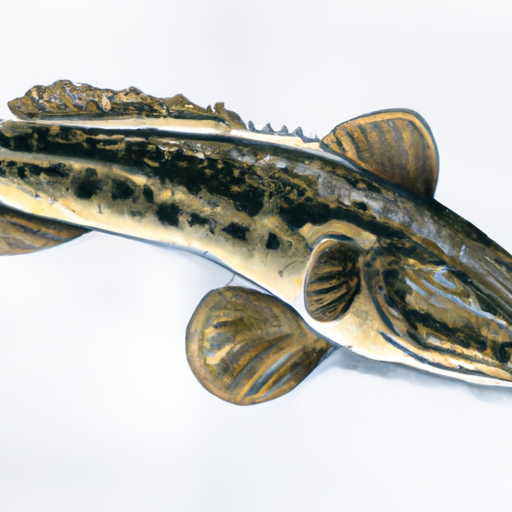
Burbot
|
While it is both a good sport fish and a good quality food fish, the burbot is not generally popular.
This is an unusually distinctive fish with its long, almost eel-like body; single, slender, and cod-like barbel under the chin; rounded paddle-like tail; large rounded pectoral fins; small, short first dorsal fin; and long second dorsal fin. The anal fin starts near the middle of the body and runs all the way back to the tail. The body is yellow, light brown, or tan with a mottled appearance. Some individuals, noticeably adults from deep lakes in the far north, may ...
|
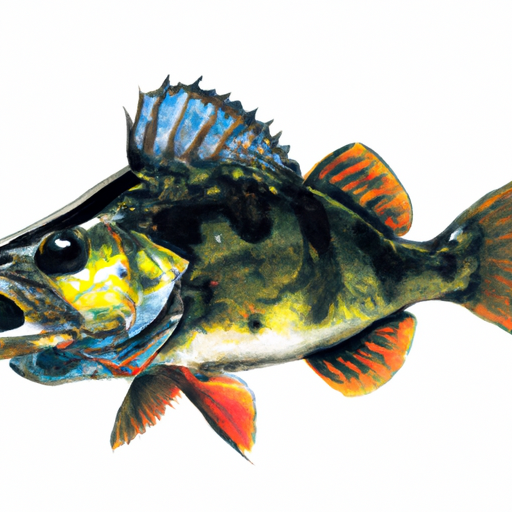
Butterfly Peacock Bass
|
Of all the peacock basses, the butterfly peacock has the greatest variation in color.
They are yellowish green, with three dark, yellow-fringed blotches along the lateral midsection, or bars that typically fade in fish larger than three or four pounds. A small “eyespot”, characteristic of all peacock bass, appears at the beginning of the caudal fin. The iris of the eye is frequently deep reddish in color. They are also distinguished by the absence of black markings on the opercula. This species is believed to attain weights of 11 to 12 pounds.
|
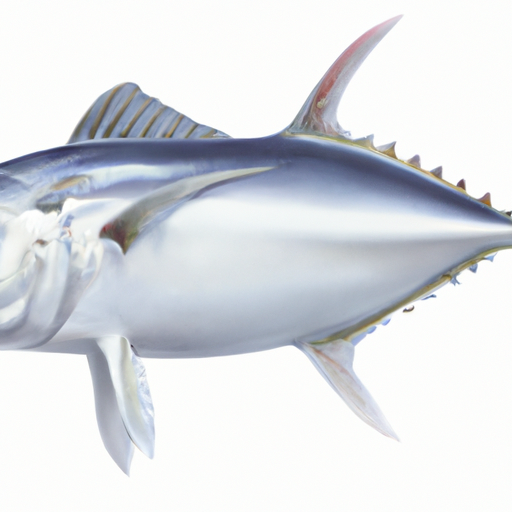
California Corbina
|
Unlike most drums and croakers, the California corbina has no air bladder and is unable to make croaking sounds.
The California corbina body is elongate and more slender than other croakers. The head is long and the mouth small with a blunt snout projecting beyond the mouth. The color is gray to steel blue with a silvery luster on the back paling to white below. Sometimes wavy diagonal lines are on the sides of the species. The California corbina and the yellowfin croaker are the only two coastal croakers in California waters that have a single short, stiff, chin ...
|
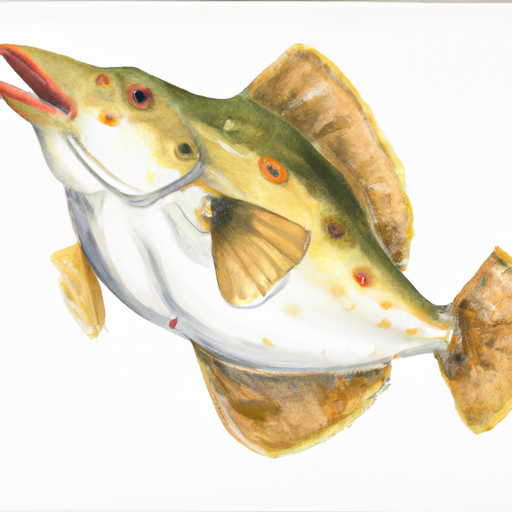
California Halibut
|
California halibut are not known to make any extensive migrations such as its larger northern relatives do.
This is the largest and most abundant flatfish within its normal range (south of San Francisco), growing to a weight of 60 lb. (27 kg) and a length of 5 ft. (1.97 m). Females grow larger, live longer, and are more numerous than males. Although is a member of the lefteye flounder family (Bothidae), it appears that nearly half of the population has both eyes on the right of the body. The sighted side of the fish is usually brownish ...
|
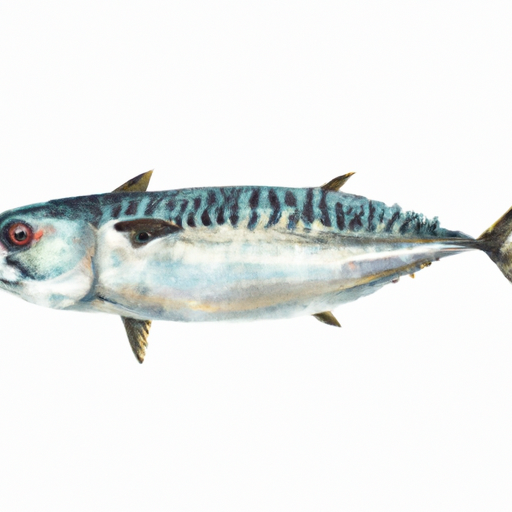
Cero Mackerel
|
Cero mackerel are popular game fish and are frequently taken by commercial fishermen.
Cero differ from the king mackerel and Spanish mackerel in having a pattern of both yellow spots, yellow-orange streaks, and a dark color line running the length of the body, and a lateral line that gradually curves down toward the caudal peduncle. The anterior third of the first dorsal fin is black like the Spanish mackerel. The pectoral fins are covered with small scales like the king mackerel.They are an epipelagic species that are most abundant in the clear waters ...
|
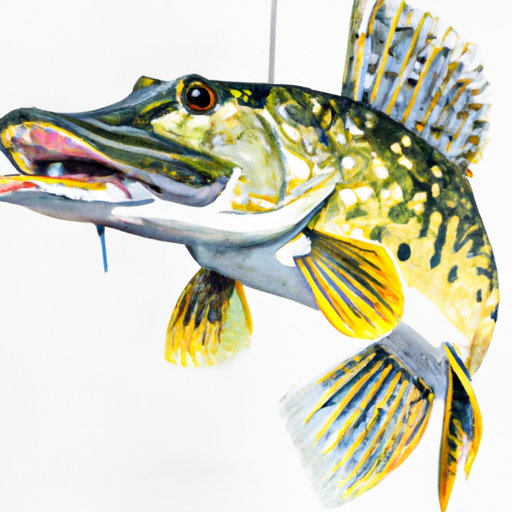
Chain Pickerel
|
All members of the genus Esox look very much alike. The chain pickerel can be recognized by its markings.
The sides which are yellowish to greenish (almost black when young) are overlaid with a reticulated, or chain-like, pattern of black lines. Also, the pickerels (including the redfin and grass pickerels), have fully scaled cheeks and gill covers. The northern pike usually has no scales on the bottom half of the gill cover, and the muskellunge, E. masquinongy, usually has no scales on the bottom half of either the gill cover or the cheek.
|
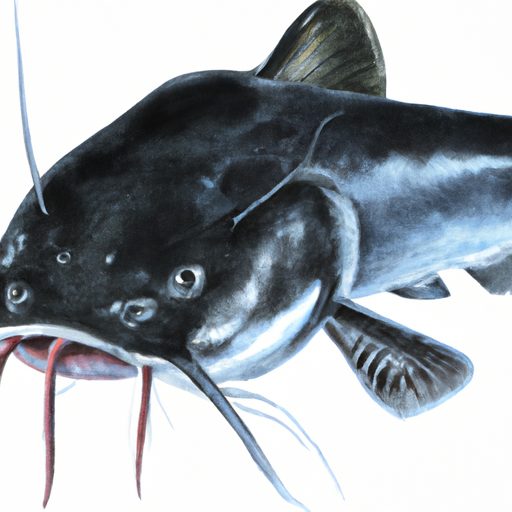
Channel Catfish
|
The channel catfish is very highly regarded for its food and sports value.
The distinctive channel catfish can often be recognized at a glance by its deeply forked tail and spots on the body (though not all specimens have them). The only other catfish with forked tails occurring in the U.S. waters are the blue catfish and the white catfish, neither of which is ever spotted.In addition to the spotted specimens, some channel catfish may be entirely black dorsally (males during the spawning season), or dark blue without spots, or even uniformly light ...
|
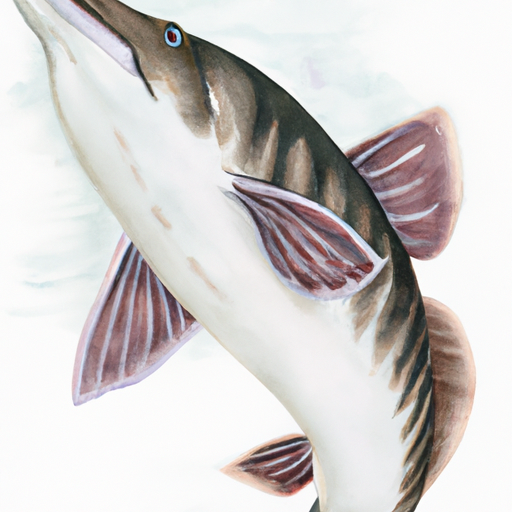
Cobia
|
The cobia is a highly rated, hard-hitting game fish that is prone to long, powerful, determined runs and occasional leaps.
It is the only known member of the family Rachycentridae. It has a long, broad, depressed head. The overall appearance of the fish is similar to that of a small shark, given the shape of the body, the powerful tail fin, and the elevated anterior portion of the second dorsal fin. Even more striking is its resemblance to the remora. The most noticeable difference between these two species is the suction pad on the remoras head. The cobia is known ...
|
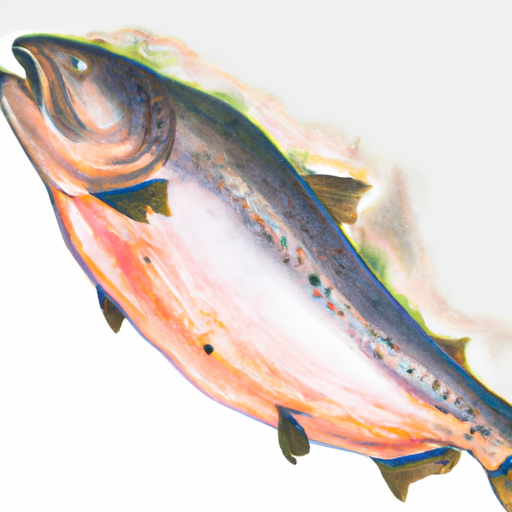
Coho Salmon
|
An estimated 85 percent of native Pacific coho return to spawn in the same stream where they began their life.
This is a silvery fish when at sea and has small black spots on the back, upper sides, base of the dorsal fin, and upper lobe of the tail. It can be distinguished from both the chinook salmon and the steelhead, or rainbow trout by the fact that it only has spots on the upper half of the tail while the latter two have spots over the entire tail. Also, it generally has pale or white gums and a black ...
|
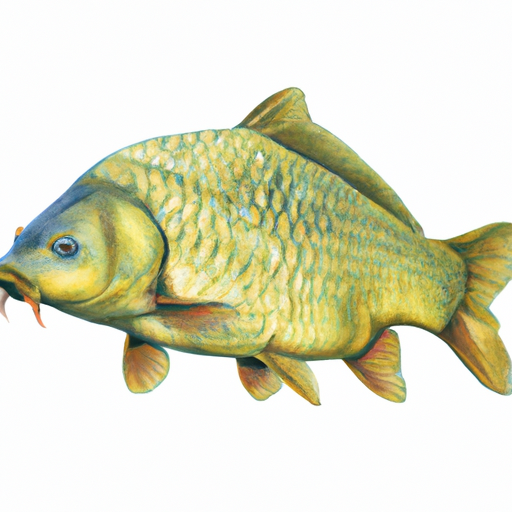
Common Carp
|
The common carp is a prolific survivor, and able to tolerate many conditions and bottom types, making it an ideal species for pond culture.
This is one of the largest members of the minnow family and a close relative of the goldfish, with which it hybridizes freely in nature. The carp’s closest look-alikes may be the bigmouth and smallmouth buffalos, which despite their resemblance to the carp, belong to an entirely different family (the sucker family). The carp, the goldfish, and the buffalos all grow fairly large (the goldfish to about 16 inches; the carp and buffalos much larger); all have deep bodies; relatively ...
|
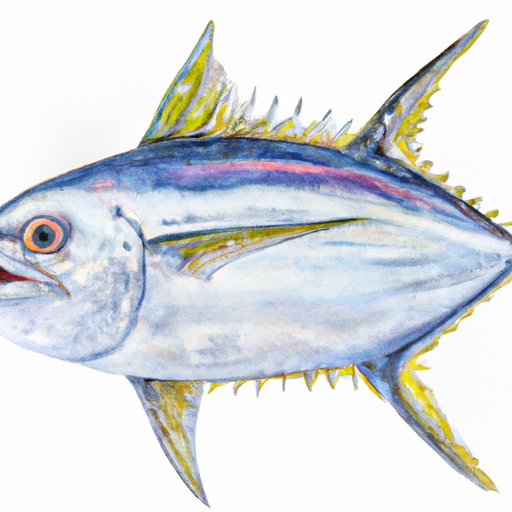
Crevalle Jack
|
Jacks are among the many species of tropical fishes, which have been implicated in ciguatera poisonings.
There is rounded black spot at the lower base of the pectoral fin of the crevalle jack that is found in no other jacks in the area. There is also a distinct, vertically elongate black spot on the operculum. Enlarged scales or scutes, numbering about 30, extend in a line to the base of the tail fin. The similar horse-eye jack has no pectoral fin spot and 26-35 scutes.
|
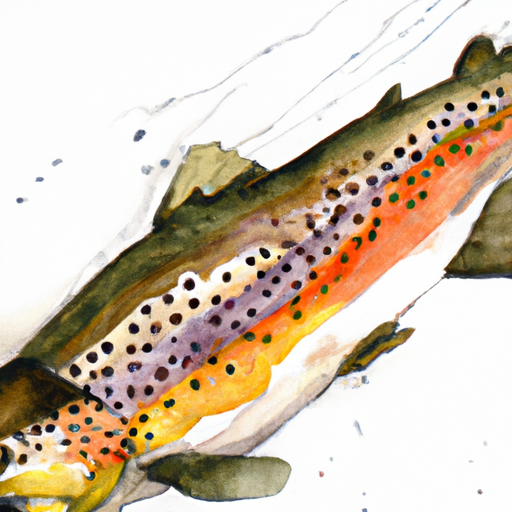
Cutthroat Trout
|
Cutthroat trout are the most widely distributed of all the western trouts of North America.
This is a highly variable fish, in coloration and size. The characteristic that gave the cutthroat its name is the yellow, orange, or red streak in the skin fold on each side under the lower jaw. The color of the body ranges from cadmium blue and silvery (sea-run) to olive-green or yellowish green. There may or may not be red on the sides of the head, front part of the body, and the belly.
|
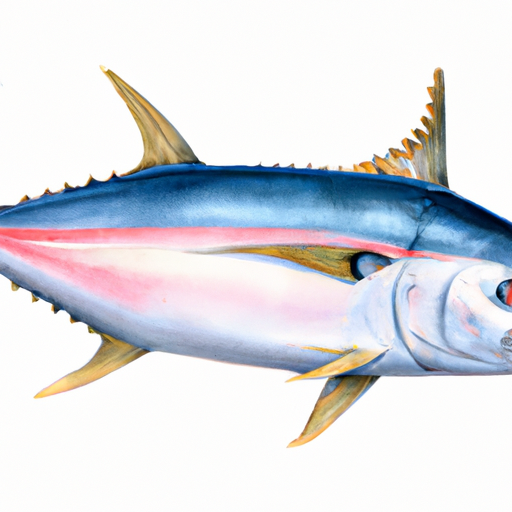
Dogtooth Tuna
|
Dogtooth tuna are known to be excellent both as a sport fish and as table fare.
The dogtooth tuna is noted for its lack of scales (except on the corselet and along either side of the lateral line) and for its large conical teeth; features which have given this fish its namesake. It is actually a member of the bonito family. The first dorsal fin has 13-15 spines; the second is higher and has 12-14 rays followed by 6-7 dorsal finlets. The anal fin has 12-13 rays and there are 11-14 gill rakers on the first ...
|
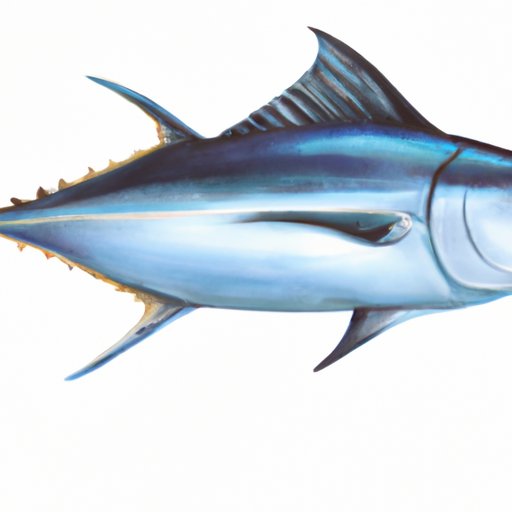
Dolphinfish
|
This fish is referred to as the dolphin fish to distinguish it from the dolphin of the porpoise family, which is a mammal and in no way related.
The dolphinfish is a distinctive fish, both for its shape and its colors. Though it is among the most colorful fish in the sea, the colors are quite variable and defy an accurate, simple description. Generally, when the fish is alive in the water, the dolphin is rich iridescent blue or blue-green dorsally; gold, bluish gold, or silvery gold on the lower flanks; and silvery white or yellow on the belly. The sides are sprinkled with a mixture of dark ...
|
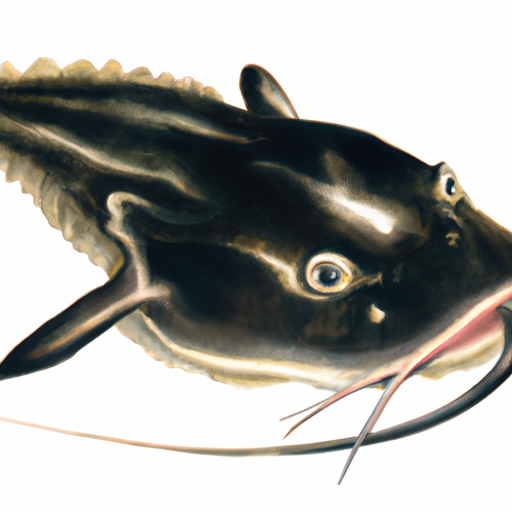
Flathead Catfish
|
The flathead catfish is a popular food fish has an excellent flavor.
The flathead catfish is very distinctive in appearance and not easily confused with any other species. It is one of the largest catfish in its family, second in size only to the blue catfish. It has a square, rather than forked, tail. Its body is long, and its head is wide and is a distinctly flat-looking, oval shape. The lower jaw further accentuates it by protruding beyond the upper jaw. In general coloration, the flathead catfish is mottled with varying ...
|
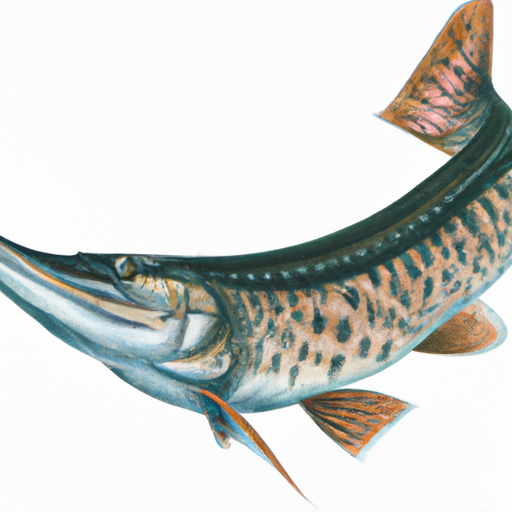
Florida Gar
|
The Florida gar, like other gar species, are very popular as sport fish.
Like the spotted gar, the Florida gar has spots on top of the head a well as over the entire body and on all the fins. Other gars have spots on the fins and usually on the posterior part of the body only. The gar's body is covered with enamel-hard, diamond-shaped plates called ganoid scales. The Florida and spotted gars can be distinguished from each other mainly by the distance from the front of the eye to the back of ...
|
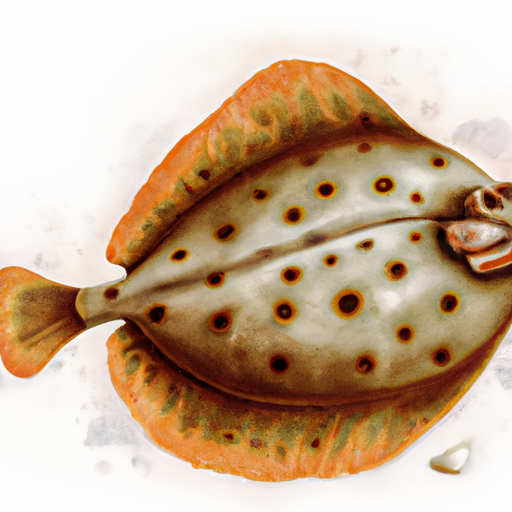
Flounder
|
The flounder is a rapid swimmer and a good light-tackle game fish. It is the most important flatfish of the Atlantic states.
The summer flounder is a left-eyed flatfish. The eye side always blends in perfectly with the sea bed. There is usually a scattering of 10 to 14 eye-like spots on the body. As in other flatfish, the blind side is white and relatively featureless. The teeth are well developed on both sides of the jaws. The dorsal fin has 85-94 rays; the anal fin has 60-63 rays. There are only 5 or 6 gill rakers on the upper limb of ...
|
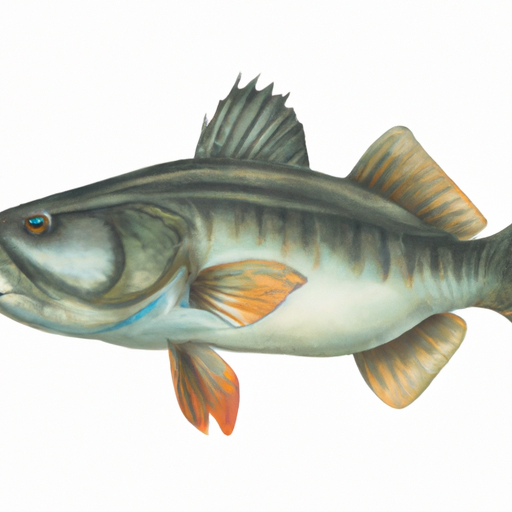
Freshwater Drum
|
The freshwater drum has the greatest north/south range of any North American freshwater fish.
Though it is a fairly distinctive fish, its deep body, humped back, blunt snout and subterminal mouth have led some to confuse it with the carp and the buffalos. It can be easily distinguished by its two dorsal fins (only one in the carp and buffalos) and its rounded, rather than forked tail. Also, the first dorsal fin of the freshwater drum is composed of 8-9 spines, whereas the carp has only one spine at the beginning of its single ...
|

Gag Grouper
|
Like many fish species in the wrasse family, young gag grouper are predominantly female, transforming into males as they grow larger.
The coloration of this species is extremely variable but generally brownish gray overall with a pattern of dark, worm-like or kiss-shaped markings along the sides. Gags can be distinguished from black grouper, Mycteroperca bonaci, that often occur in the same habitat by the distinctive color pattern and the shape of the preopercle (the middle bone of the gill cover). The gag has a noticeably notched preopercle with a distinct lobed appearance while black groupers have an evenly rounded preopercle with ...
|
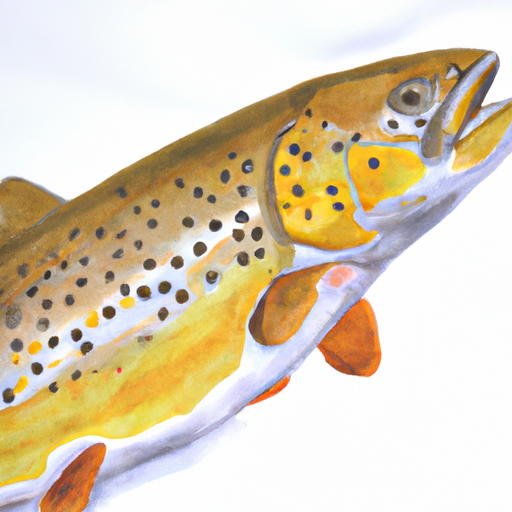
Golden Trout
|
The golden trout is considered to be a highly desirable and almost mystical species.
Due to its coloration and markings it is considered one of the most beautiful of all freshwater game fishes. It is the only species of Salmonidae in which the parr marks on the sides typically remain prominent throughout life rather than disappearing at an early age. A red streak similar to that of a rainbow trout runs along the sides through the ten or so parr marks. The tail is golden yellow (as is most of the body) and is ...
|
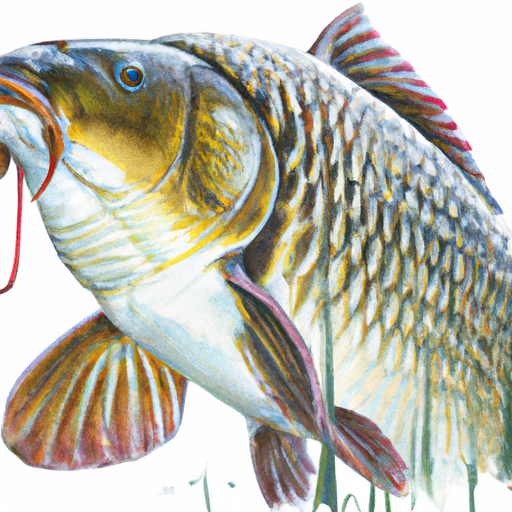
Grass Carp
|
In some countries grass carp are an integral part of fish culture and form an important source of fish protein.
The mullet-shaped head with a terminal mouth and no barbel, and coarse dark-edged scales are distinctive features of the grass carp. The dorsal fin, with 8 rays, is short and located at mid-body, above the pelvic fins. Paired anal fins are short and attached low on the body. The coloration is typically olive green to silvery white.
|
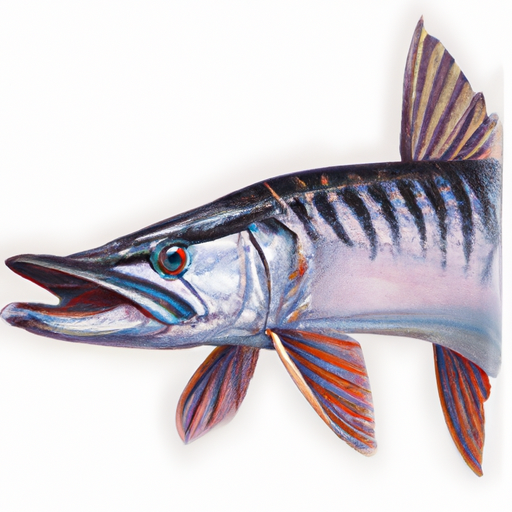
Great Barracuda
|
The great barracuda will eat whatever is available.
The first dorsal fin has five spines; the second has ten soft rays. The first rays of the second dorsal and anal fins reach to or beyond the tips of the last rays when the fins are depressed. There are 75-90 scales along the lateral line and the preopercle is rounded. The maxilla extends back as far as the eyes. Adults have irregular black blotches on the lower flanks, especially near the tail. It is the only species of barracuda ...
|

Green Sunfish
|
The green sunfish is a panfish with white, flaky flesh.
It has a larger mouth and a thick, long body than most sunfishes or of the genus Lepomis and more closely resembles the warmouth or its larger relatives of the genus Micropterus, such as the smallmouth bass. Most species of sunfish in the genus Lepomis are deep-bodied, notably roundish in profile, and have an extremely compressed extended gill cover flat, or ear lobe, which is black edged with light red, pink or yellow. The body is usually brown to olive ...
|
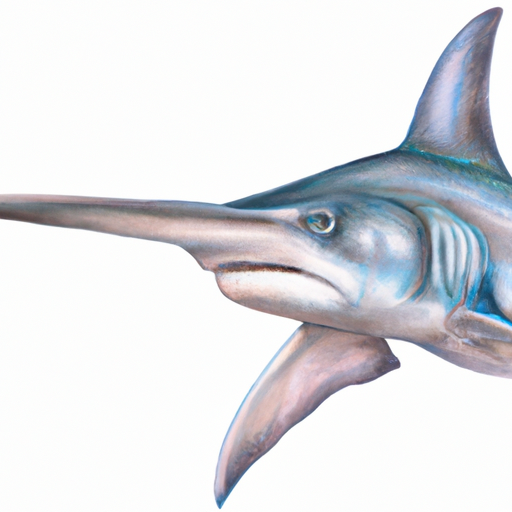
Hammerhead Shark
|
Hammerhead shark heads are T-shaped and almost straight along the front edge and notched in the center.
They eyes of these fish are located at the ends of two thin protrusions, resembling a hammer and the caudal peduncle lacks keels. Of the nine species of hammerhead sharks, the largest is the great hammerhead, which may reach a length of 20 feet. Another large species, the smooth hammerhead, grows to 14 feet. The front edge of its head is rounded and unnotched in the center. The scalloped hammerhead grows to 10 feet. The front edge of its head ...
|
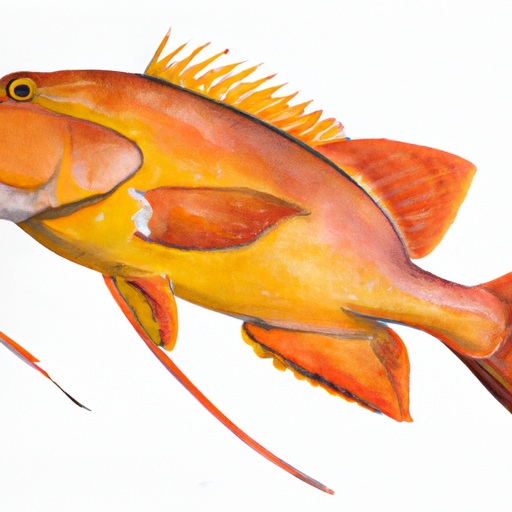
Hogfish
|
Large hogfish are increasingly rare to find although an occasional specimen of 10 pounds can be caught.
Although this species is a member of the wrasse family and not actually a snapper, they more closely resemble a member of the snapper family in looks. Hog snapper have a laterally compressed body with a high back arch and a large, slightly lunate tail. The first three spines in the dorsal fin are much longer than the rest of the dorsal spines and trail behind the dorsal fin. The name ‘hogfish’ is derived from the species’ elongated, hog-like snout ...
|
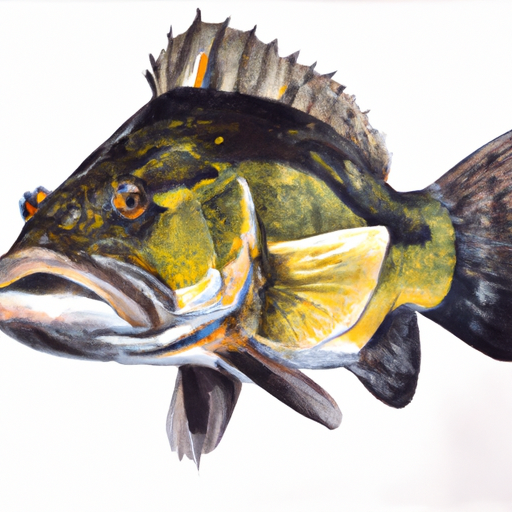
Kelp Bass
|
The kelp bass, a member of a large group of seabasses, which inhabit the eastern Pacific, is a robust fish with a typical, well-known bass shape.
The color of this species is brown to olive green with pale blotches on the back, becoming lighter below. They are easily distinguished from the sand basses by the fact that the third, fourth and fifth dorsal spines are about the same length, whereas the third dorsal spine of the sand basses is much longer than the fourth and fifth.
|
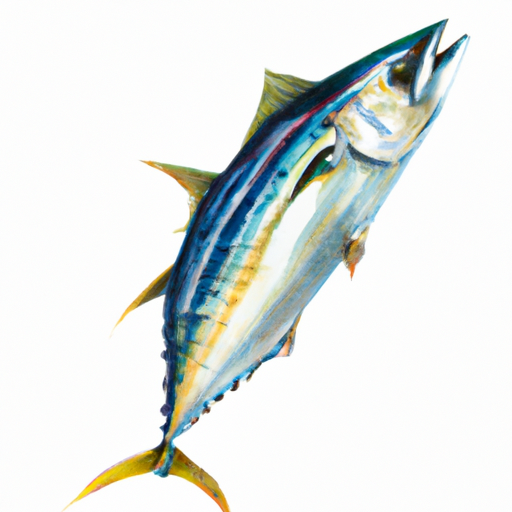
King Mackerel
|
The king mackerel can be found in the western Atlantic Ocean in tropical and subtropical waters.
They can be distinguished from other Spanish mackerels in the western Atlantic by the sharp dip in the lateral line under the second dorsal fin and by the relatively small number of spines in the first dorsal fin (14-16). The young have spots similar to those in the Spanish mackerel but these spots disappear with age. The first dorsal fin is uniformly blue; the anterior third of this fin is never black as it is in the Spanish mackerel and ...
|
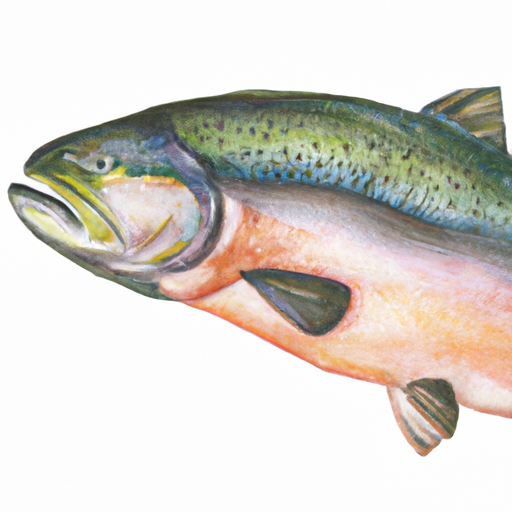
King Salmon
|
The King Salmon is an extremely important food and commercial fish, and due to its large size and game nature, an important sport fish.
Its body is typical of the Pacific salmon group (see Salmons, Trouts, and Chars). At sea, it is basically a silvery fish with spotting on the back, upper sides, top of head, and all the fins, including the tail fin. Spawning chinooks are olive brown to purplish or even red and undergo a radical metamorphosis, especially the males which develop a large kype. One way to distinguish the chinook from other species is by its black mouth and gums. The ...
|
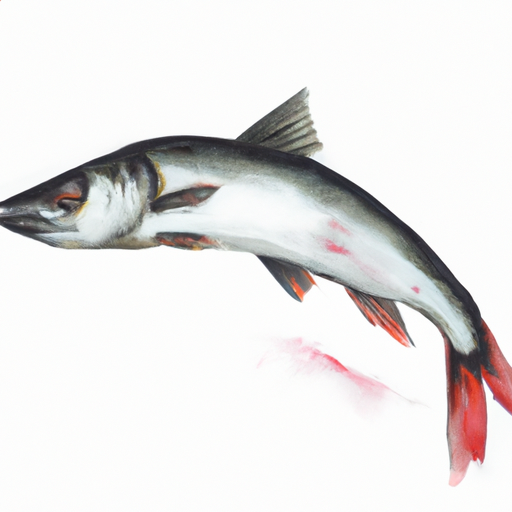
Ladyfish
|
Ladyfish are one of the most dependable targets for fly-fishing and light tackle, putting up a fight disproportionate to their size.
All species of ladyfish are slender, silvery fish with a large terminal mouth, eyes partially covered with adipose eyelids, and have a deeply forked tail. They resemble juvenile tarpon without the last elongated dorsal fin ray. Some ladyfish can reach weights of 15-25 lbs, but they are most often encountered in the 3-5 lb range.
|
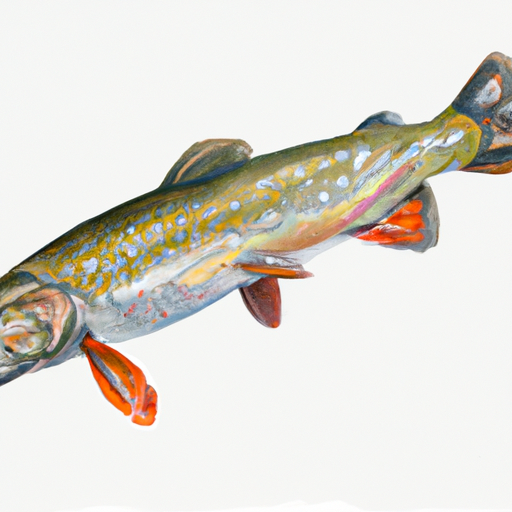
Lake Trout
|
The lake trout has considerable value both as a sport fish and a food fish.
It is classified taxonomically with the chars, although some scientists prefer to place it in a genus of its own. Like other chars it has white leading edges on all the lower fins and light colored spots on a dark background, instead of the dark spots on a light background which is characteristic of salmon and trout. The body is typically grayish to brownish with white or nearly white spots which extend onto the dorsal, adipose, and caudal fins. There ...
|
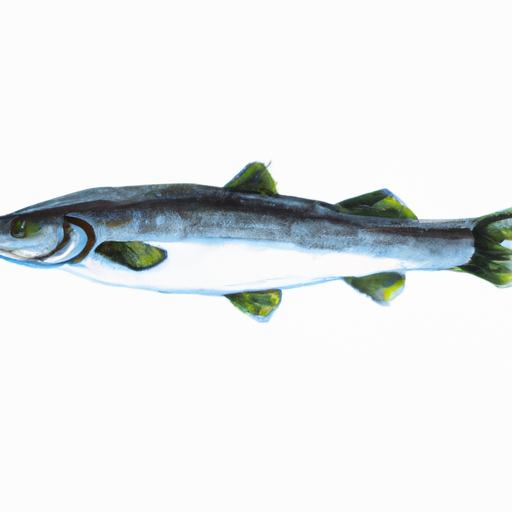
Lake Whitefish
|
The lake whitefish is more highly regarded as a game fish than the other whitefishes. The flavor is considered supreme.
The lake whitefish is a member of the salmon family, as can be noted by the presence of the adipose fin and pelvic axillary process. Overall coloration is silvery to satiny white with olive to pale greenish brown on the back. The back may be dark brown to black in some inland lake specimens. The mouth is subterminal and the snout protrudes beyond it. Because the head is small in relation to the length of the body, older fish may ...
|
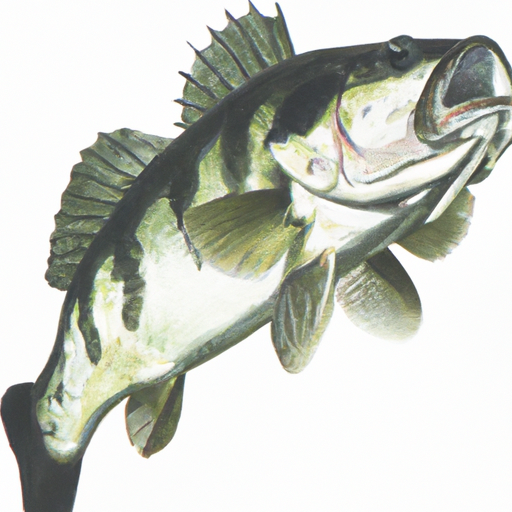
Largemouth Bass
|
The largemouth bass is the most popular freshwater game fish.
The largemouth bass closely resembles the smallmouth bass and other species of the genus Micropterus (i.e., spotted bass, redeye bass, etc.) Together these fishes form a group that is referred to as the black basses. The largemouth can be distinguished from most similar species by the fact that its mouth extends at least to, and often beyond the rear edge of the eyes. Also, its first and second dorsal fins are almost separated by an obvious deep dip, and there ...
|
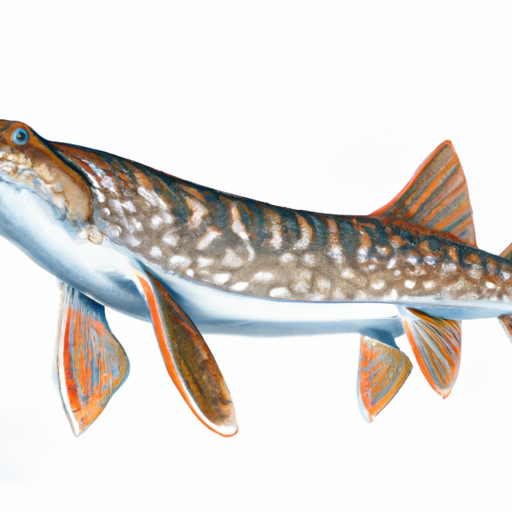
Longnose Gar
|
The longnose gar is the most common and widely distributed of all the gars.
This gar is generally distinguished from other gars by it longer, more slender body, and especially by its longer, narrower beak (18-20 times as long as it is wide at its narrowest point). The longnose gar is brown or dark green on the top and sides with a cream or white belly. Spots are scattered on the fins and in some specimens, the body. The nostrils are located in a small, bulbous fleshy growth at the very tip of the ...
|
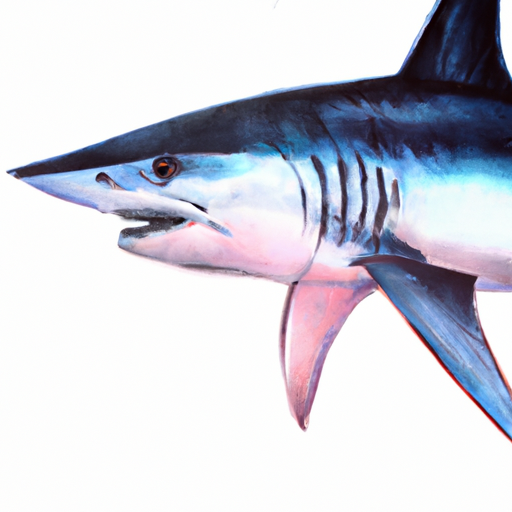
Mako Shark
|
The mako shark is a known enemy of the broadbill swordfish.
Makos have a streamlined, well proportioned body and a conical pointed snout. The longfin mako has a blunter snout and a larger eye than the shortfin and much longer pectoral fins. There is a large, prominent, flattened keel on either side of the caudal peduncle. It can be easily distinguished from all other sharks by its teeth, which are like curved daggers with no cusps at the base or serrations along the razor sharp edges. The front surface is flat ...
|
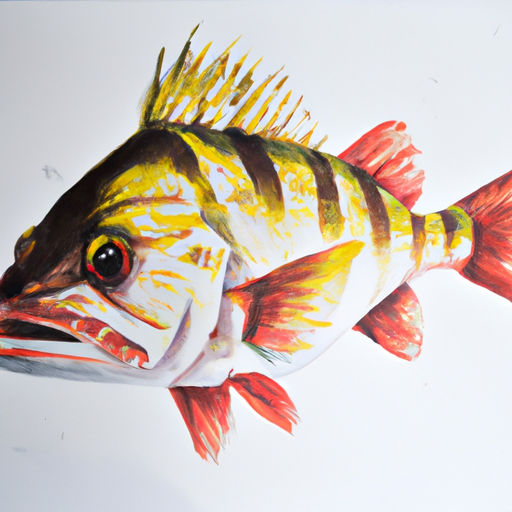
Mangrove Snapper
|
The mangrove snapper is one of the smaller snappers, rarely exceeding 18 inches in length or 10 pounds in weight.
The mangrove snapper has a relatively slender body, a large mouth, and a pointed snout. The anal fin is rounded and the pectoral fins short, not reaching the anal fin. Young cubera snapper may be easily confused with mangrove snapper and careful comparison of the vomerine teeth (found on the roof of the mouth) of either species is the most reliable means of discerning the two. Adult cuberas however, are among the very largest of snapper species, obtaining lengths as ...
|
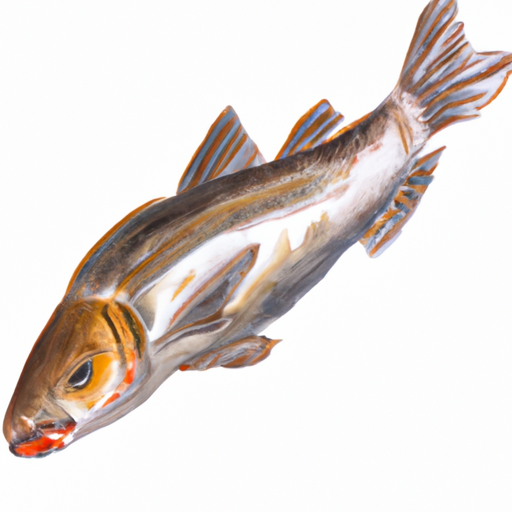
Mountain Whitefish
|
Though not as important as the lake whitefish, the mountain whitefish has gained some popularity as a sport fish.
Like other salmonids, the mountain whitefish has an adipose fin and an axillary process. The mouth, however, is slightly subterminal with the snout extending clearly beyond it. The body is silvery overall. The back is brownish to olive. The scales often have pigmented borders, especially on the back. The ventral and pectoral fins may have an amber hue in adults. The body is nearly cylindrical, but not quite as cylindrical as the body of the round whitefish. It is nevertheless ...
|
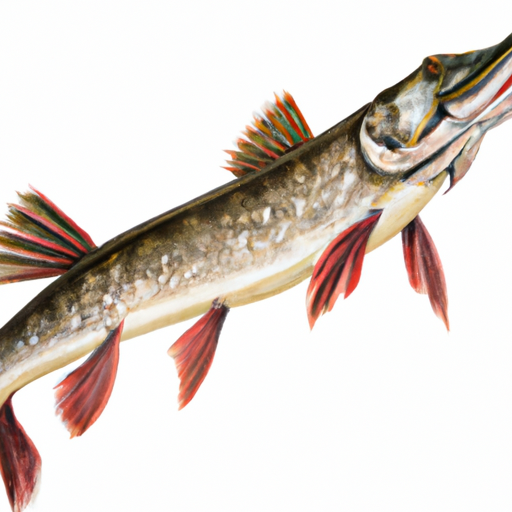
Muskellunge
|
It was once believed that there were at least four species of muskellunge, but these varieties are now considered to be one species
The pelvic (ventral) fins are located relatively far back on the belly, about half way between the pectoral fins and the tail, instead of directly under the pectoral fins. The mouth is large with the maxillae reaching back at least to the middle of the eyes, and broad, like a ducks bill, but full of teeth.It can be distinguished from the pike and the pickerels by several factors. It may be barred, spotted, or have no markings at all, but ...
|
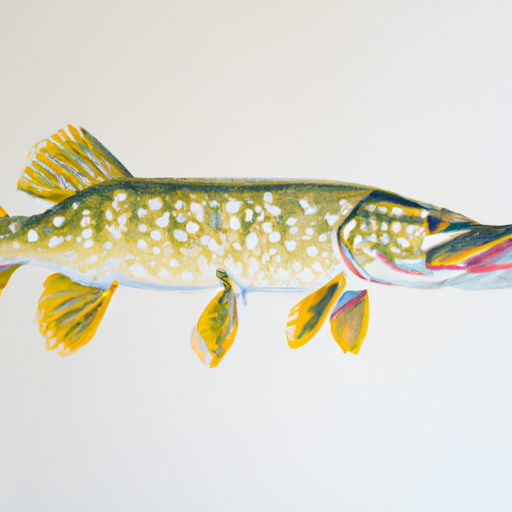
Northern Pike
|
The northern pike is a holarctic species, meaning that it occurs around the world in northern, or Arctic waters.
Like the muskellungeand the pickerels, it is a long, sleek, predatory fish with a broad, flat mouth resembling a duck’s bill and a single dorsal fin located on the posterior portion of the body. In body shape the members of the pike group are all identical, but the northern pike can be distinguished from its relatives by three main features. Most noticeably the greenish or yellowish sides of the fish are covered with lighter colored oblong horizontal spots or streaks, ...
|
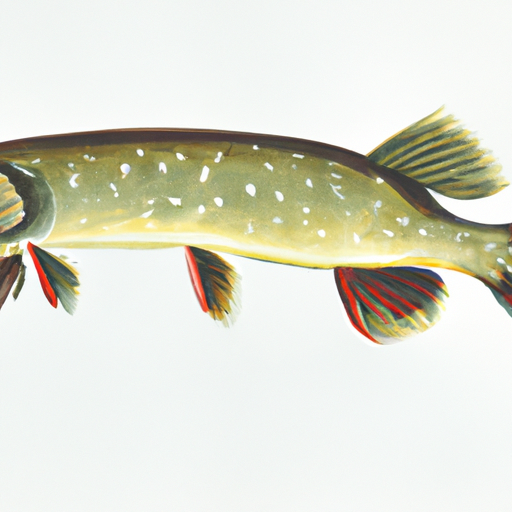
Northern Pikeminnow
|
The northern pikeminnow is a very large member of the minnow family
The northern pikeminnow is typically silvery-blue to gray color above on its back and silvery below. Scientists distinguish all of the pikeminnows by counting scales and rays however most anglers will simply rely on geography of the catch as most of the species in this genus do not overlap. They have a deeply forked tail with a long snout and a large, toothless mouth that will extend back past the front of the eye. These fish normally run about 1-3 ...
|
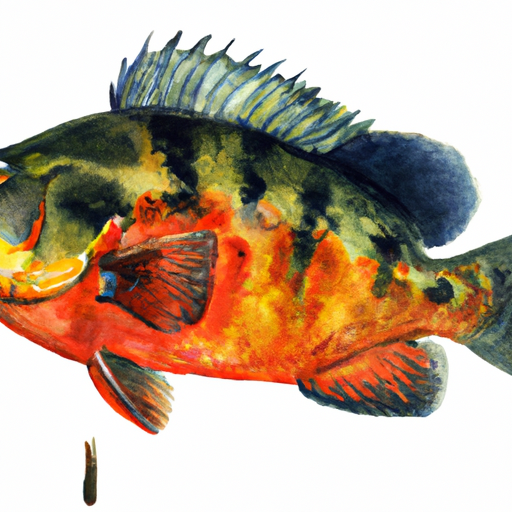
Oscar
|
Oscars are aggressive and some anglers claim, a much stronger fighter than either a largemouth or bluegill.
The thick-bodied oscar is a dark brown fish with variable olive to red markings on most of the body. They key feature is an ocellus, a black spot encircled by a distinct red ring, on the tail. These conspicuous bilateral ocelli or "eye-spots" (some individuals may possess more than one per side) serve in an anti-predator capacity, causing confusion as to which end of the fish is the head. The caudal, dorsal and anal fins are rounded and fanlike, much ...
|
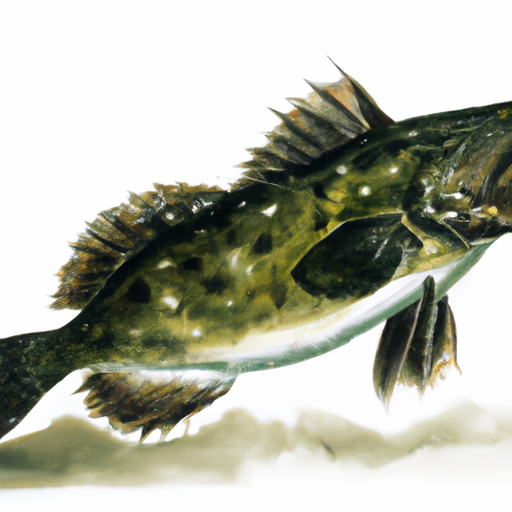
Pacific Cod
|
The Pacific cod is usually caught in waters deeper than 60 ft up to 1800 ft in depth.
It is a slightly smaller, but close relative of the Atlantic cod (Gadus morhua). Both are members of the true cod family (Gadidae) having three separate and distinct dorsal fins, two anal fins, and a single barbel under the chin. All the fins are soft-rayed and the chin barbel is at least as long as the diameter of the eye. The scales are small and cycloid. Coloration ranges from gray to brown dorsally, lightening on the sides and belly. There ...
|
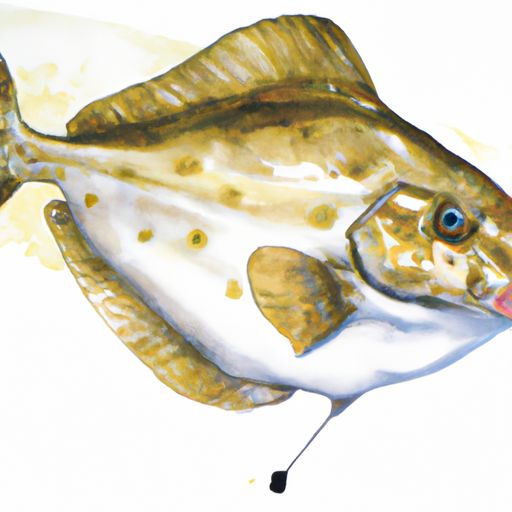
Pacific Halibut
|
This is the largest Pacific flatfish and very much resembles the Atlantic halibut.
The teeth are strong and equally well developed on both sides of the jaws. Coloration is uniformly dark brown or gray on the top side (often will small, lighter spots), and white and relatively featureless on the blind side.Females grow to weights of over 470 lb. (213 kg), live to a maximum age of 35-45 years and may attain a length of 9 ft. (3 m). By comparison, males probably do not exceed 40 lb. (18 kg) or 55 in. ...
|
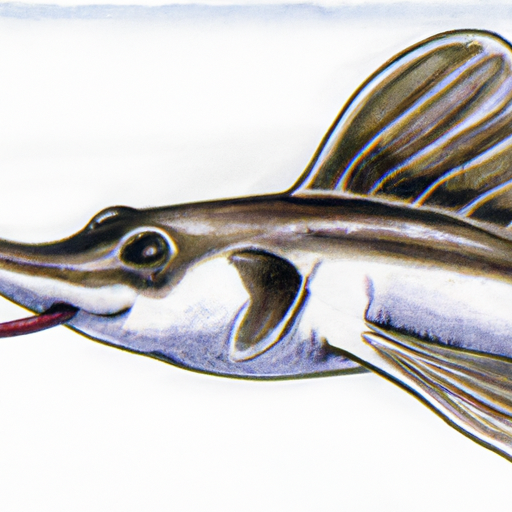
Paddlefish
|
Paddlefish are one of the largest freshwater fish in North America
These fish commonly reach lengths of 6 ft or more and can weigh up to 200 pounds. Average size for paddlefish today typically ranges in the 30-50 lb range. Most paddlefish are gray to black above with light sides that are sometimes mottled. The belly is white. This fish is a filter feeder and strictly feeds on plankton by using filaments on their gill rakers to filter the water that passes through their gills. Although the paddle-like snout of this ...
|
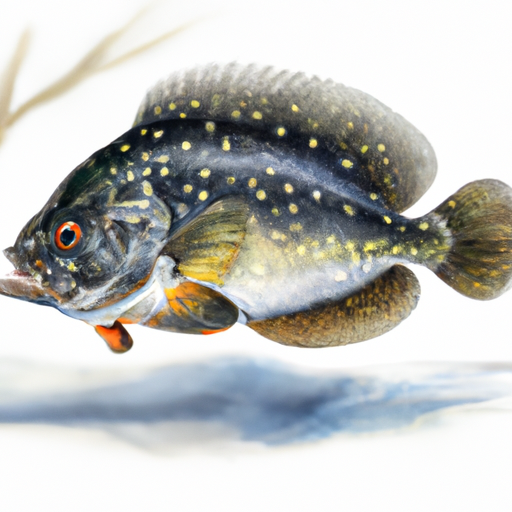
Permit
|
Permit are essentially shallow water, schooling fish occurring over sandy flats and reefs in depths from 1 to 17 fathoms.
It is distinguished from the common pompano by having fewer soft rays in the dorsal and anal fins. The second dorsal fin has 1 spine and 17-21 soft rays (22-27 in the pompano). The body is laterally compressed and the second and third ribs are prominent -- often as big around as ones thumb in fish weighing over 10 lb. (4-5 kg). These larger ribs can be felt through the sides of the fish and help in distinguishing the permit ...
|
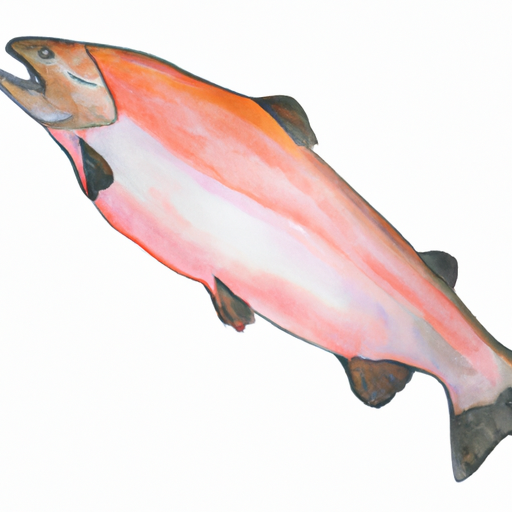
Pink Salmon
|
The smallest of the Pacific salmons, the average size of a pink salmon is 3-5 lbs. (1-2 kg).
At sea they are silvery, as are all salmons. They can be identified by the large, black, oval-shaped spots on both halves of the tail and large spots on the back and adipose fin. At spawning time the male is easily recognized by its extremely humpbacked appearance. The male develops a kype at spawning time. The body of breeding males is pale red or pink on the sides with brown to olive-green blotches.
|
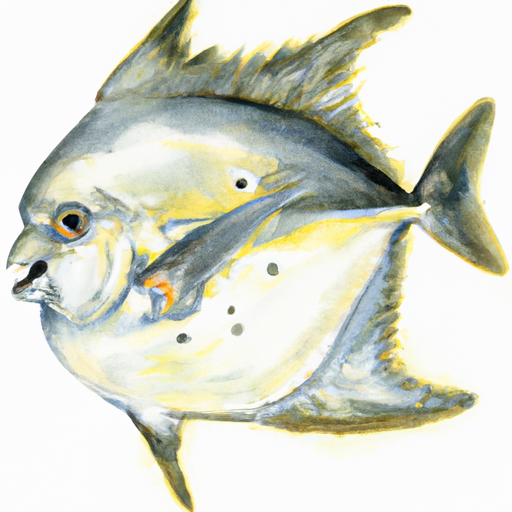
Pompano
|
Considered excellent table fare, pompano are a favorite meal of surf fishermen who often cook the fish whole.
The pompano will typically grow to 17-25 inches in length and its body profile is relatively short, deep, and compressed. Pompano can easily be confused with small permit, but their bodies are not so deep and they lack the permit’s black blotch under the pectoral fin. Color is typically blue to greenish dorsally, fading to silver laterally, with the ventral surface tending to be silvery and often yellow in color. There are no visible bars or stripes on the sides ...
|
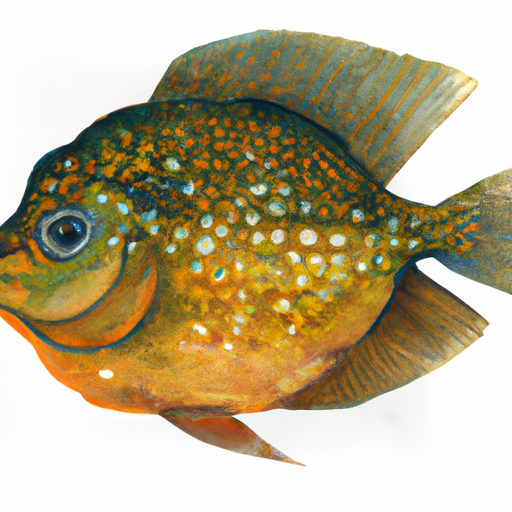
Pumpkinseed Sunfish
|
The coloration of pumpkinseed sunfish is one of the most vibrant of any fish in fresh water.
Pumpkinseed sunfish have a flat, disk-shaped body with a small mouth and an upper jaw that stops just under the eye pupil. The gill cover has an inflexible rear edge and short, thick rakers on the first arch. The front dorsal fin is spiny and the pectoral fin is long and pointed and can be extended past the eye when bent forward.Its color ranges from olive-green to brown, yellow, green and blue on the top and sides. The breast and ...
|
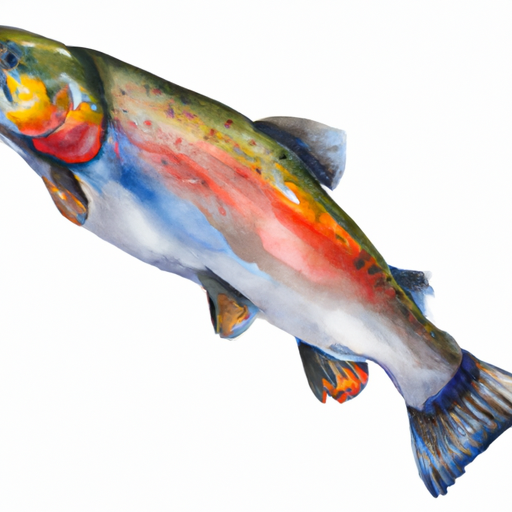
Rainbow Trout
|
The rainbow trout is an extremely valuable species in any and all of its forms.
Coloration varies greatly with size, habitat and spawning periods. For example, stream dwellers and spawners usually show the darkest and most vivid colors and markings, while the steelhead is silvery when it returns from the sea. Though noted for the broad red or pink stripe along the middle of its sides, this stripe may not be present on all forms, particularly the sea-run steelhead and immature specimens in clear lakes. A similar stripe is sometimes present on the golden trout ...
|
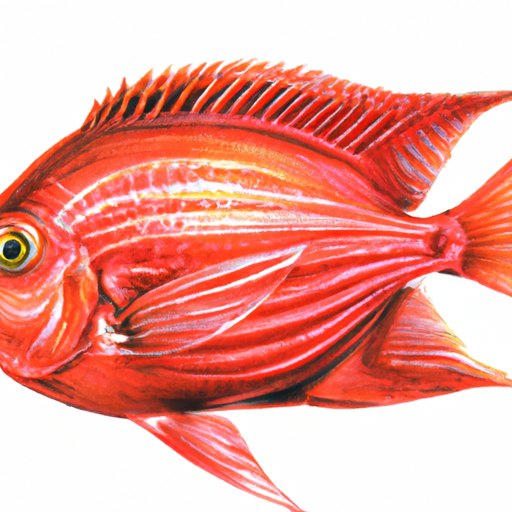
Red Drum
|
Red drum up to about 10-15 lb. (5-7 g) are very fine eating.
The red drum can be distinguished from the black drum by its lack of chin barbels and more elongated body. The body has coppery red overtones on a silvery gray background. The most obvious and characteristic marking on the red drum is a large black spot about the size of the eye on either side of the caudal peduncle, just before the tail fin. Sometimes there are two spots on each side, and occasionally there may be similar spots on ...
|
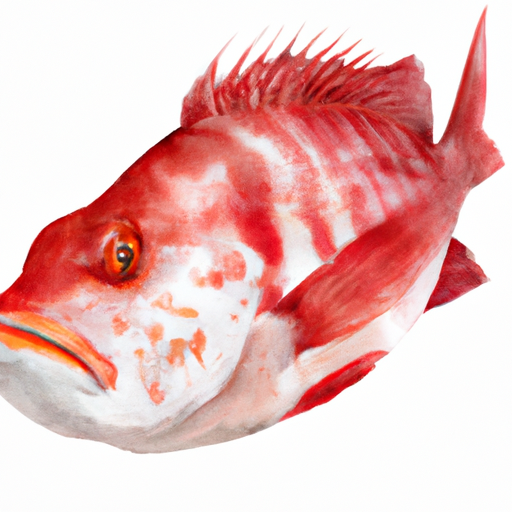
Red Snapper
|
The red snapper is one of the most valuable and heavily exploited snappers in American waters.
The pinkish to red color and sharply pointed anal fin (rather than rounded) distinguishes the red snapper from most other Gulf of Mexico snappers. The snout is long and triangular and the eyes are a distinctive red. Adults have no dark lateral spot, but juveniles have a dark spot on the upper sides below the anterior soft dorsal fin.The northern red snapper is sometimes confused with the southern red snapper, found throughout Caribbean Sea from Cuba southward to northeast Brazil. ...
|
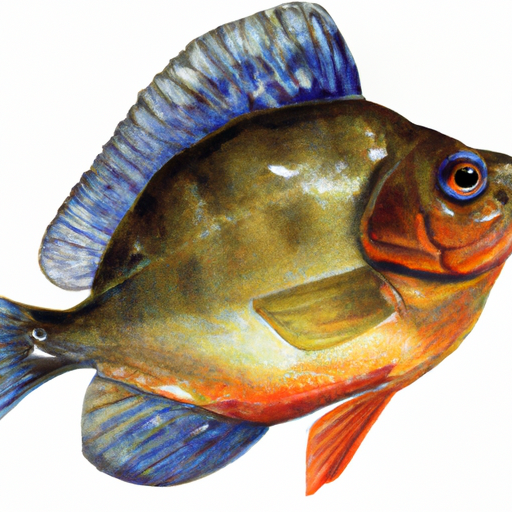
Redbreast Sunfish
|
The redbreast sunfish is an excellent panfish and a scrappy fighter.
The belly, or ventral surface, ranges in color from yellow to orange-red or crimson red and the ear lobe (a lobe or flat on the gill cover) is usually long and narrow. In adult males of this species the lobe is actually longer than in the longear sunfish. The two species are readily distinguished by the fact that the gill cover lobe of the redbreast sunfish is completely black (or blue-black) all the way to the tip and is narrower ...
|
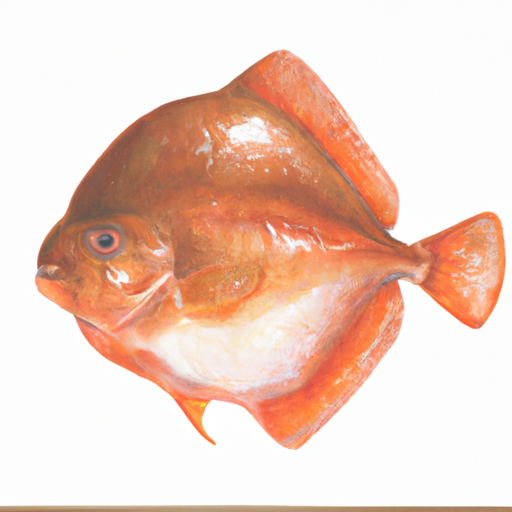
Redear Sunfish
|
Like the bluegill and other sunfishes, the redear sunfish is and excellent panfish with white, flaky meat.
This rather large sunfish is known to reach over 4.5 lb. (2.04 kg). As is typical of sunfishes, the redear has a small mouth, connected dorsal fins and a roundish, laterally compressed body. Its long, pointed, slightly falcate pectoral fins distinguish it from both the longear sunfish and the redbreast sunfish, which have short, round pectoral fins. The operculum is also much shorter than in the other two species and is black, with a red spot or margin at the ...
|
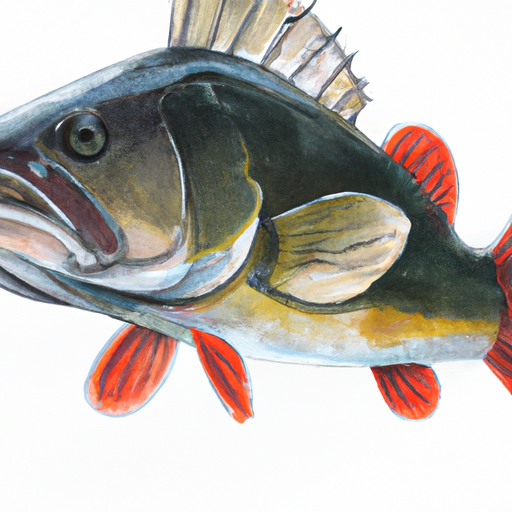
Redeye Bass
|
Redeye bass are scrappy fighters and are known to be fairly elusive to anglers.
The red color of the eyes and fins easily distinguish this species from other bass. Suwannee and shoal bass also have bright red eyes but do not possess the same amount of red coloration on their fins. Overall the redeye bass generally has a brownish green color and vertical bars with light centers along their sides. Their backs are typically bronze to olive in color and have dark green mottling with a yellow to white color towards the belly. There ...
|
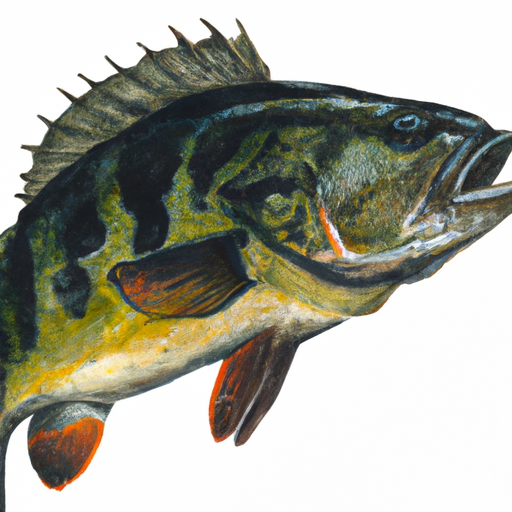
Rock Bass
|
The rock bass are known as scrappy fighters but tire quickly.
The rock bass is a large and robust sunfish that looks like a cross between a bluegill and one of the black basses (e.g. largemouth bass). Its body is less compressed than most sunfishes of the genus Lepomis, including the bluegill, and longer in profile. It has been known to reach 3 lbs but the more common size is less than one pound. There is a black spot at the edge of the gill cover and the mouth of the ...
|
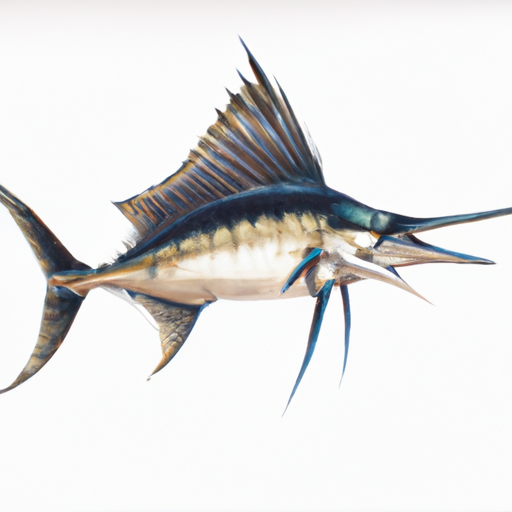
Sailfish
|
Its fighting ability and spectacular aerial acrobatics endear the sailfish to the saltwater angler.
Its outstanding feature is the long, high first dorsal which is slate or cobalt blue with a scattering of black spots. The second dorsal fin is very small. The bill is longer than that of the spearfish, usually a little more than twice the length of the elongated lower jaw. The vent is just forward of the first anal fin. The sides often have pale, bluish gray vertical bars or rows of spots.
|
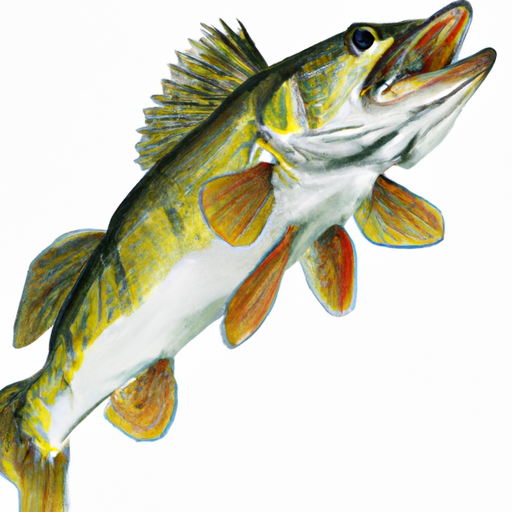
Sauger
|
The sauger is closely related to the walleye, and the two appear almost identical.
They can be distinguished by several factors, most noticeably, the sauger has distinct dark spots on the dorsal fin. The walleye may have dark streaks or blotches on the dorsal fin, but they are less distinct than the spots of the sauger and may not be present. Also, the walleye has one large dark blotch at the base of the last few spines of the dorsal fin, which is not present in the sauger. The sauger has 17-20 soft-rays in ...
|
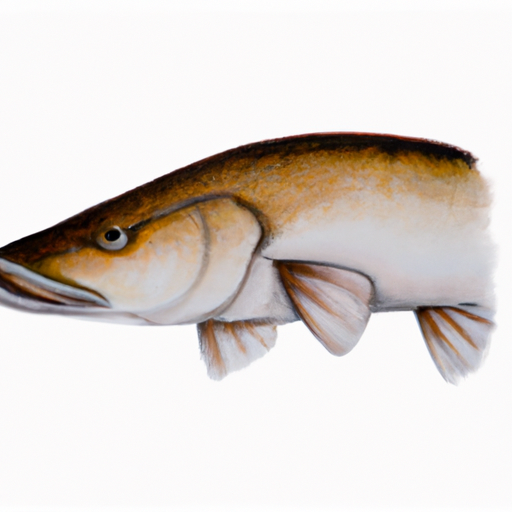
Saugeye
|
The saugeye is a hybrid fish created by crossing a female walleye with a male sauger.
These fish are often confused with their parental species but can typically be distinguished by their markings. Saugeyes have dark brown backs with darker saddle shaped markings like that of a sauger, and a white blotch on the lower tip of their tails like that of a walleye. These fish also have a continuous black blotch at the base of the dorsal fin, while saugers only have rows of distinct black spots.
|
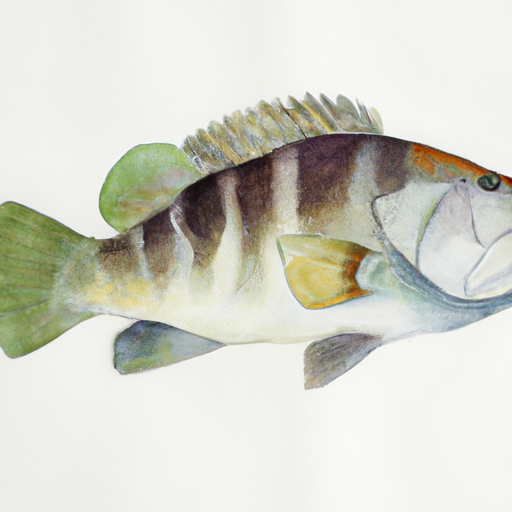
Sheepshead
|
The name ‘sheepshead’ is derived from the mouthful of massive, protruding teeth, which resembles those of a sheep.
The teeth distinguish the sheepshead from a juvenile black drum, which shares a similar coloration pattern. Sheepshead have seven vertical and very prominent black stripes which stand out against a dull white, gray, or yellowish background. The body of this fish is oval shaped with a blunt snout and small mouth. The dorsal and anal fins have very sharp but short spines and the pectoral fins are relatively long. The tail is shallowly forked.The teeth of the sheepshead include well ...
|
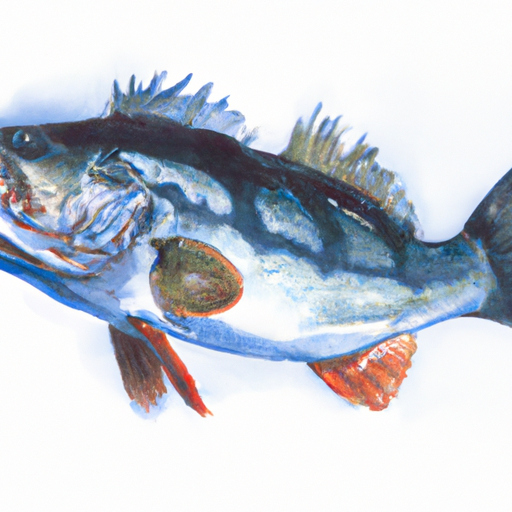
Shoal Bass
|
Shoal bass are a good game fish and scrappy fighters that are often difficult to catch.
Long confused with the redeye bass, the shoal bass was considered the same species (although a different race) before being reclassified in 1999. The red color of the eyes associates this species with the redeye and Suwannee bass at first glance however morphologically, it is more closely related to the spotted bass. The shoal bass differs from the spotted bass by the absence of teeth on its tongue. The shoal bass also has more lateral line scales (usually 67-81), more ...
|
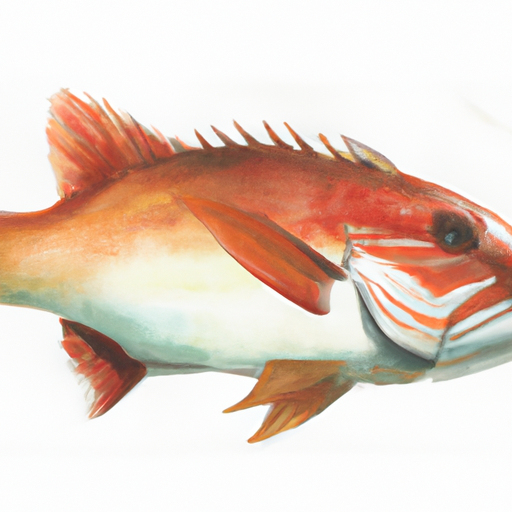
Shorthead Redhorse
|
The shorthead redhorse is by far the most wide ranging and common species of sucker as well as being one of the most colorful.
The fins range from bright orange to deep red and the sides from silver to gold or bronze. They belly is lighter, ranging from dusky yellow to milk white. The fins contain only soft rays and there are no teeth. Typical of the redhorse is the single dorsal fin located near the middle of the back. The edge of the dorsal fin on the shorthead is emarginated or concave, distinguishing it from the silver redhorse, Moxostoma anisurum, in which the ...
|
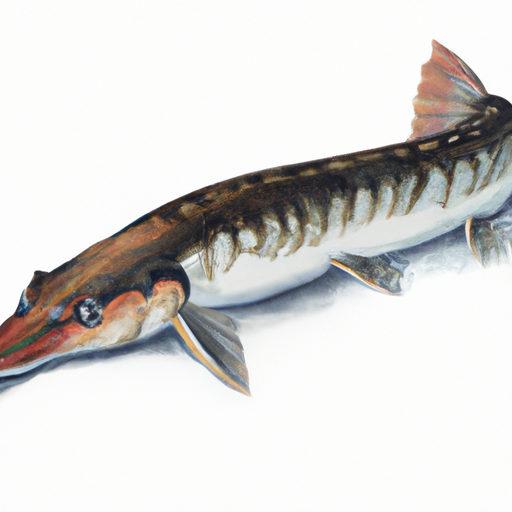
Shortnose Gar
|
Like all gars, the shortnose gar is a good sport fish.
Because the shortnose gar occurs in many of the same areas (specifically the fertile Mississippi drainage system) as the alligator gar, the spotted gar, and the longnose gar, identifying it involves a process of elimination. It isnt what it is unique for, but rather what the other species have that sets them apart. The alligator gar has two rows of teeth in the upper jaw, while all other gars have only one row. The spotted gar and its close relative ...
|
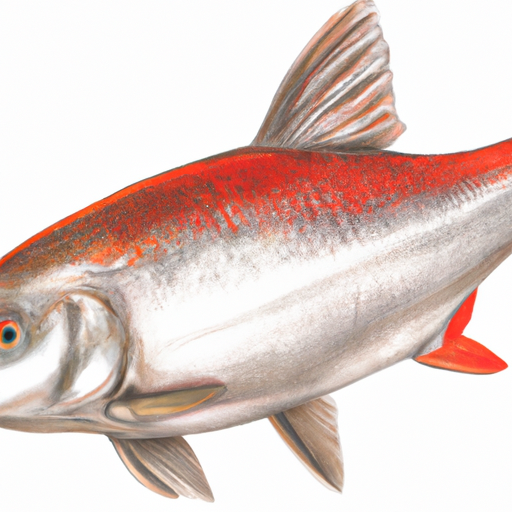
Silver Redhorse
|
Though not particularly sought after as a sport fish, the silver redhorse has some potential to become a very popular species in its range and is probably under utilized in this respect.
The silver redhorse does not have any teeth nor does it have dorsal spines. The single dorsal fin contains only soft rays and is located approximately in the middle of the back. The top edge of the dorsal fin is rounded (convex), whereas in the shorthead redhorse it is emarginate or concave. It is generally silvery in appearance, except for its bronze-toned or olive green back. The fins are either white or grayish or pale red, but they may appear ...
|
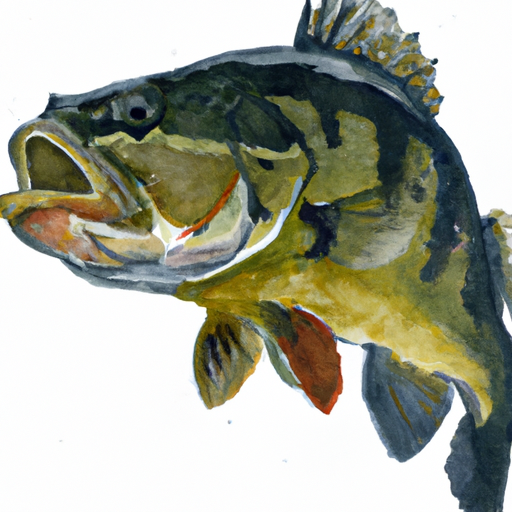
Smallmouth Bass
|
There is no doubt that the smallmouth bass rivals the largemouth in popularity.
The smallmouth bass is the second largest member of the sunfish family Centrarchidae, attaining a weight of almost 12 lb. (5.45 kg). Only the largemouth bass, which reaches a weight of over 20 lb. (9.08 kg), is heavier. The smallmouth is easily distinguished from the largemouth by its clearly connected dorsal fins, the scales on the base portion of the soft-rayed second dorsal fin, and the upper jaw bone which extends only to about the middle of the eye. The ...
|
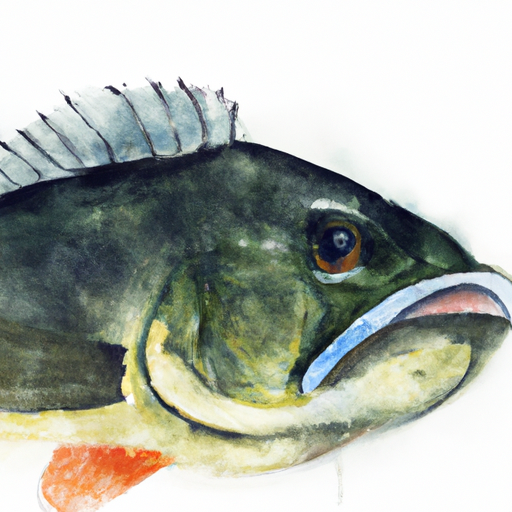
Smallmouth Buffalo
|
In many states where the smallmouth buffalo is found, it is ranked as one of the most important commercial freshwater species.
This species resembles its large relative, the bigmouth buffalo (largest of the sucker family), closely in most respects, but can be distinguished by a number of factors. It is generally lighter in color than other buffalos, having an olive-bronze cast. The body of the smallmouth buffalo is also somewhat more compressed with a higher arch in the back, and its small, subterminal mouth is horizontally orientated instead of slanted like the mouth of the bigmouth buffalo. However, when feeding, the ...
|
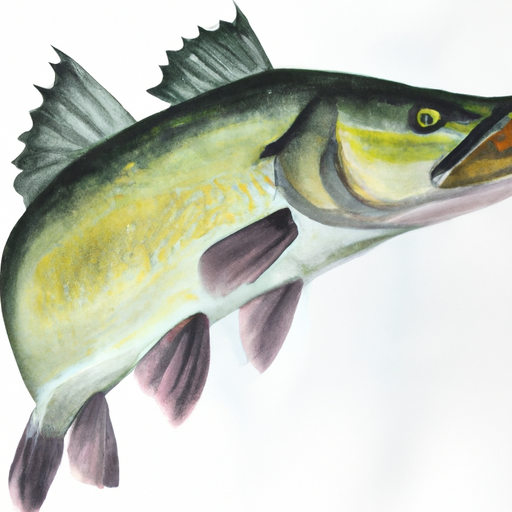
Snook
|
Snook are very distinctive and it would be difficult to confuse them with any other fishes.
The lower jaw protrudes and a highly prominent black lateral line runs from the top of the gill cover along the sides and all the way through the tail. The body is compressed and the snout depressed and pike-like. Two dorsal fins are separate by a gap. The second anal spine is conspicuous, spurlike, much thicker than the first and third. The margin of preopercle is serrate, with 1-5 enlarged denticles at angle.One of the axioms relating to fish species ...
|
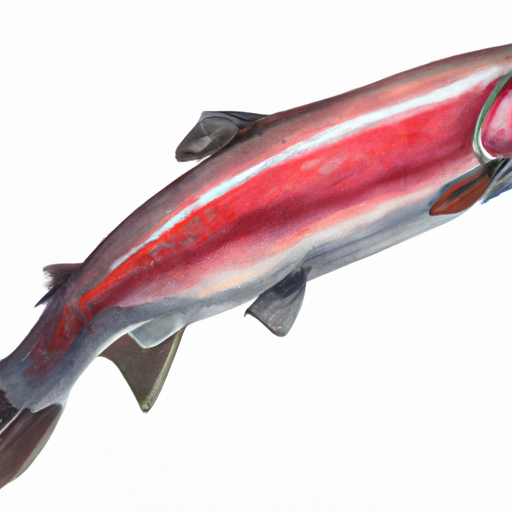
Sockeye Salmon
|
The sockeye salmon is the most commercially valuable of all the Pacific salmons.
The body of breeding males is bright red with small black speckling (spots not large or distinct) on the back. The totally red body will distinguish the sockeye from the otherwise similar chum salmon, O. keta, and the lack of large distinct spots will distinguish it from the other three Pacific salmons.
|
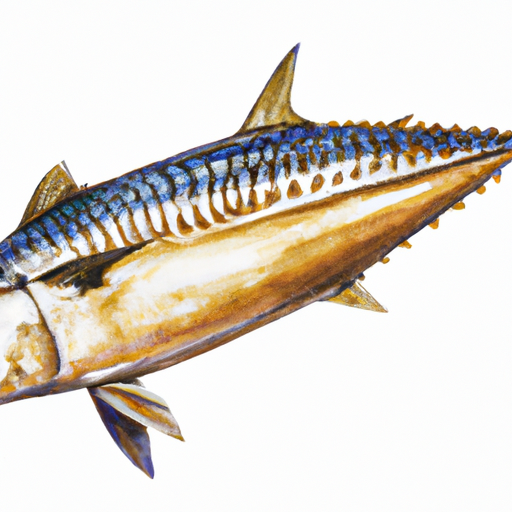
Spanish Mackerel
|
Spanish mackerel are a good food fish and although they are considered large at 10 lb. (4.53 kg) some record specimens will grow to more that twice that size.
The Spanish mackerel can be distinguished from both the cero mackerel, Scomberomorus regalis, and the king mackerel, S. cavalla, by the presence of bronze or yellow spots but no stripes, on the sides and by lack of scales on the pectoral fins. The cero, the Spanish mackerels closest look-alike in the Atlantic, has both spots and stripes of bronze and yellow on the sides, and the king mackerel has neither spots nor stripes. Both the cero and the king mackerel ...
|
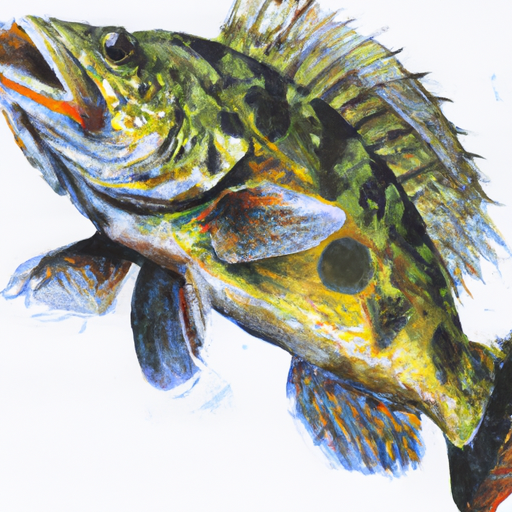
Speckled Peacock Bass
|
The speckled peacock bass is a world-class warm-water sport fish.
Adult speckled peacocks are distinguished by blotches on the opercula and three vertical black bars on the body which become more pronounced with age. Another color phase may have 4-6 horizontal rows of light colored dashes along the sides and speckling over the rest of the body and fins. This description may sound confusing, but it combines what was thought to be two different species until 1981, when it was determined that the two color patterns were from fish of ...
|
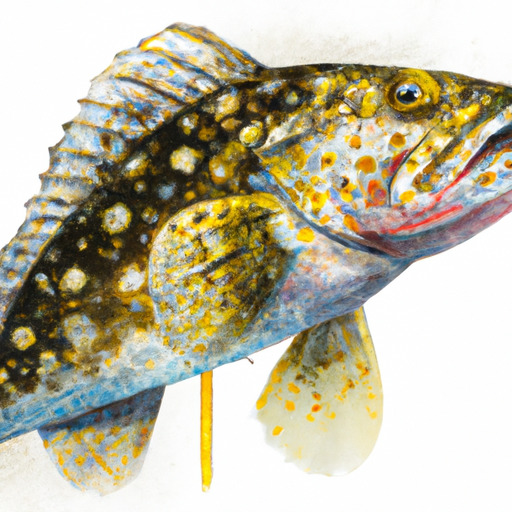
Splake
|
The splake is a fertile cross between two chars, the lake trout and the brook trout. This hybridization does not occur naturally.
The name “splake” is a combination of the words “speckled” from the speckled (or brook) trout and lake trout. The splake is difficult to identify externally because it resembles both parents in different aspects. The body shape is intermediate between the heavier lake trout and the slimmer brook trout. The shape of the tail is also a combination of the brook trout’s square tail and the lake trout’s more lunate tail. The tail of the splake is not as deeply ...
|
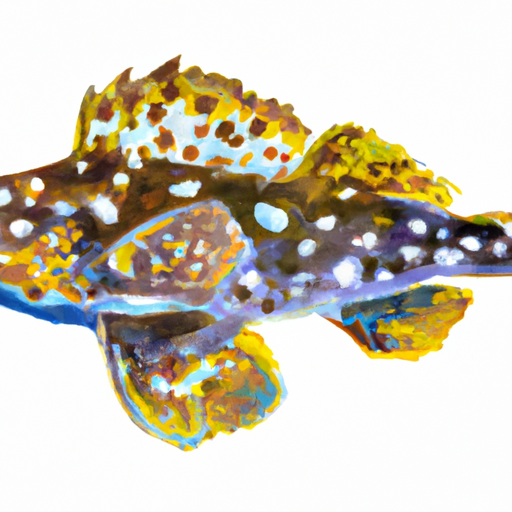
Spot
|
Spot croaker, or spot, are one of the most abundant fishes in North American coastal waters
Spot croakers are a moderately deep-bodied, compressed fish with an elevated back. They are typically bluish-gray in color on their backs, which fades to golden yellow or yellow-tan on their underside. They have 12-15 dark streaks that run from the tops of their bodies down past their lateral line but these streaks tend to fade as the fish gets older. The fins are pale yellow in color and their head is short compared to their bodies. There are 9-11 dorsal ...
|
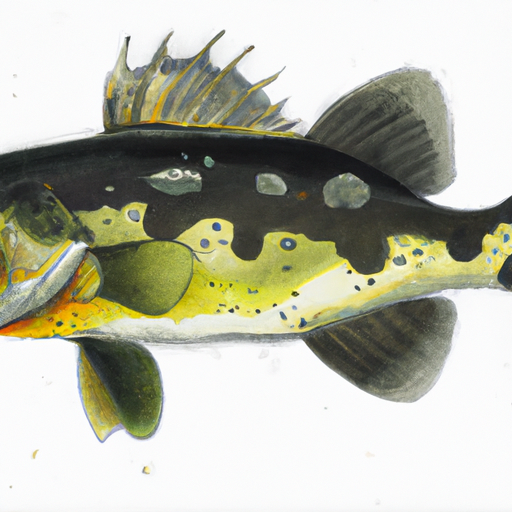
Spotted Bass
|
Many anglers who catch a spotted bass believe they have caught a largemouth bass.
Many anglers who catch a spotted bass believe they have caught a largemouth bass, undoubtedly because the coloration is similar, both having a greenish hue and a broad stripe of diamonds or blotches along the midline of the body. The spotted bass, like all black basses except the largemouth, has scales on the base portion of the second dorsal fin, its first and second dorsal fin are clearly connected, and its upper jaw bone does not extend back to or ...
|
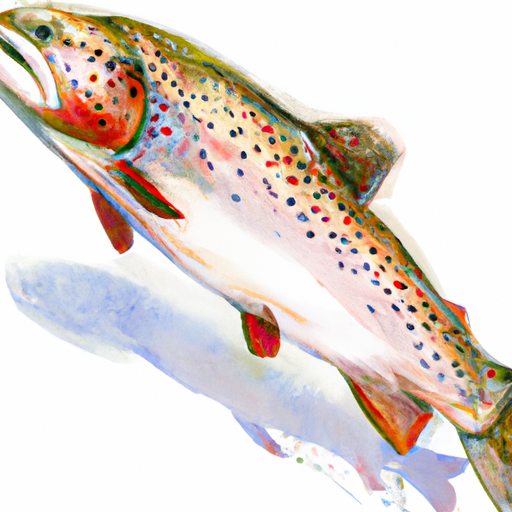
Spotted Seatrout
|
Two large, recurvate canine teeth in the front of the upper jaw stand out noticeably on the spotted seatrout.
There are round black spots on the back and upper flanks and on the tail and second dorsal fin.
|
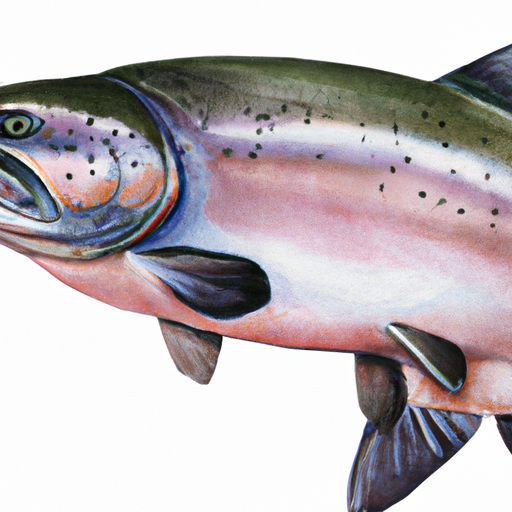
Steelhead
|
The steelhead is an extremely valuable species in any and all of its forms.
Steelhead are sea-run versions of rainbow trout but lack the ‘rainbow’ coloration, being silver with black dots sprinkling all sides. By contrast, the fish known as the rainbow trout will be much more colorful and live solely in freshwater. The steelhead and its closest relatives in the Pacific salmon group (cutthroat, golden, Mexican golden, Arizona native or Apache, and gila trouts) are known as the black-spotted trouts because they are covered with numerous prominent black spots. These spots may cover ...
|
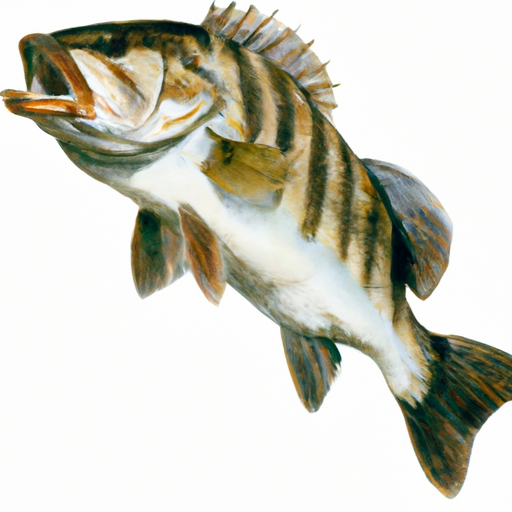
Striped Bass
|
To most freshwater anglers, the striped bass is a very important game fish is relatively new.
The striped bass closest freshwater relatives are the white bass, the yellow bass, and the white perch. The striped bass is easily recognized by the 7 or 8 prominent black stripes that run along the scale rows on each side of its long, sleek, silvery body. One stripe runs along the lateral line, and the remainder are about equally divided above and below it. The first dorsal fin has 8 -10 spines and second, 10-13 soft rays. The anal fin ...
|
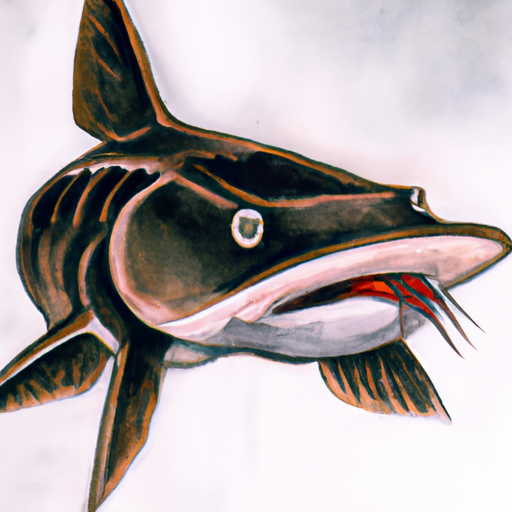
Sturgeon
|
The sturgeon roe is the only true caviar.
They are easy to identify as a group. Some species grow to a length of over 20 ft. (6 m) and well over 2,000 lb. (907 kg) and may live to be over 100 year old. The body is long and heavy and is covered with 5 rows of large, heavy scutes. One row runs along the middle of each side, one along the back and two along the belly. The scutes become smoother as the sturgeon grows older and ...
|
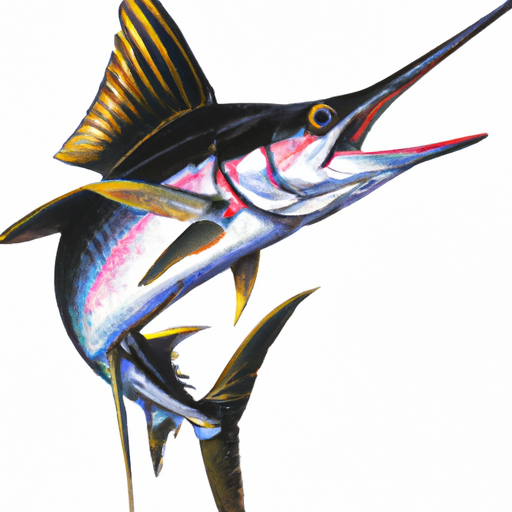
Swordfish
|
To land a large broadbill is considered by many to be the highest achievement in angling.
Characteristically, this species has a smooth, very broad, flattened sword (broadbill) that is significantly longer and wider than the bill of any other billfish. It also has a nonretractable dorsal fin, rigid, nonretractable pectoral fins, and a single, but very large keel on either side of the caudal peduncle. Adults lack scales and swordfish of all sizes lack ventral fins. The back may be dark brown, bronze, dark metallic purple, grayish blue or black. The sides may be dark like ...
|
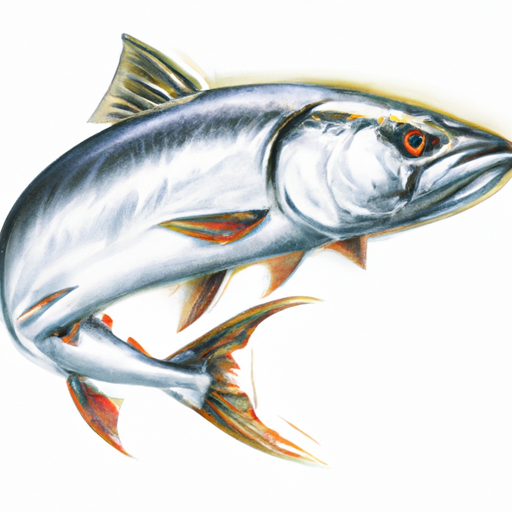
Tarpon
|
The tarpon was one of the first saltwater species to be declared a game fish.
The body is compressed and covered with very large scales. The lower jaw juts out and up. The teeth are small and fine, and the throat is covered by a bony plate. The dorsal fin consists of 12-16 soft rays (no spines) the last of which is greatly elongated. The back is greenish or bluish varying in darkness from silvery to almost black. The sides and belly are brilliant silver. Inland, brackish water tarpon frequently have a golden or brownish ...
|
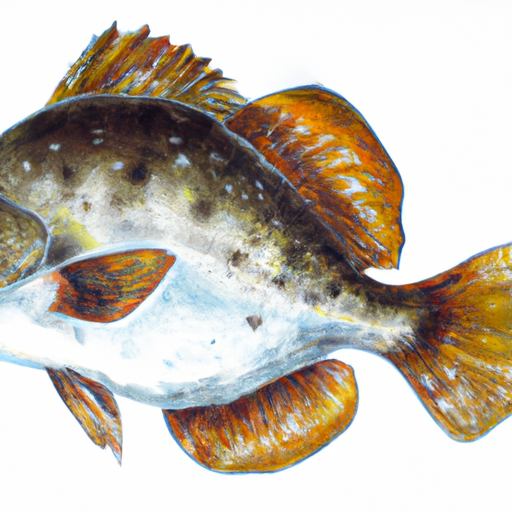
Tautog
|
The tog is a member of the wrasse family which, with 450 species in 60 known genera, is one of the largest families of fishes.
The first dorsal fin has 16-17 spines of almost equal length. The short second dorsal fin consists of 10 somewhat longer soft rays. The anal fin has 3 spines and 7-8 soft rays. There is a detached area of small scales behind and beneath the eye, but no scales can be found on the operculum. The lateral line is arched more or less following the contour of the back and has a scale count of 69-73. There are 9 gill ...
|
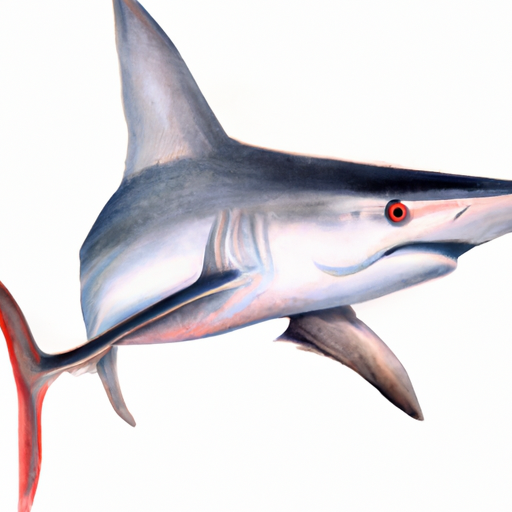
Thresher Shark
|
There is no record of a thresher shark ever attacking a person.
They are easily recognized because the upper lobe of the tail is usually as long as the rest of the body. The caudal peduncle lacks keels, the teeth are small and pointed with broad bases, and the skin is smoother than that of most other sharks. The longtail thresher and the pelagic thresher have moderate sized eyes (1.2-1.5% of the total body length). The first dorsal fin is located almost squarely in the middle of the back, well forward of ...
|
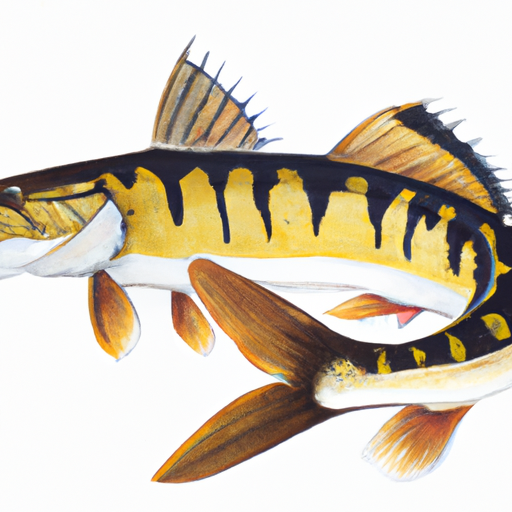
Tiger Muskellunge
|
The tiger musky is a hybrid produced when a male northern pike fertilizes the eggs spawned by a female muskellunge
This species should not be confused with the true muskellunge which has long been called tiger musky in Minnesota. In most respects, notably in size and appearance, the hybrid is very much like the true muskellunge and anglers universally hold it in equal, and often higher, esteem than the true musky because of its rarity, its beautiful markings and its game nature. It differs from the true muskellunge most noticeably in the markings on its sides. The true musky may ...
|
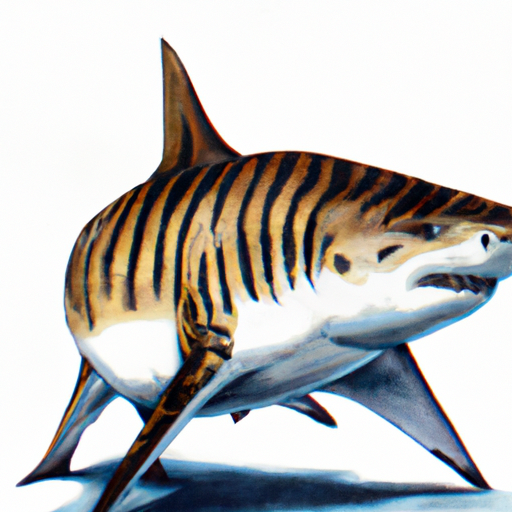
Tiger Shark
|
The tiger shark is a hard fighting species and a highly rated game fish.
The tiger shark can be readily indentified by its cockscomb-shaped, serrated teeth, which are recurvate and deeply notched on the inner margin. They teeth are the same in both jaws. The first two of the five gill slits are above the pectoral fin. There is a long, prominent keel along either side of the caudal peduncle. The young characteristically have very prominent, dark brown tiger stripes and leopard spots on the upper body and tail, but adults have less prominent ...
|
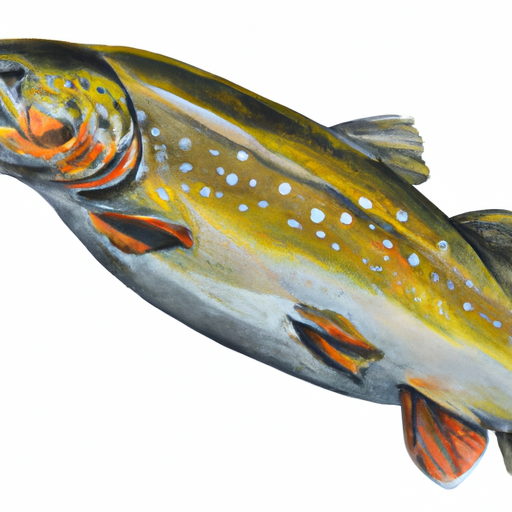
Tiger Trout
|
The tiger trout is a cross between a female brown trout (Salmo trutta) and a male brook trout.
The tiger trout is a cross between a female brown trout and a male brook trout. It is primarily an artificial cross, though it has been known to occur in nature.The wavy tiger-like markings on the sides of this hybrid give it a unique beauty. It does not substantially resemble either of the parent species or any other salmonid. The overall color of the tiger trout is brownish on the back, lightening on the sides and belly to a golden ...
|
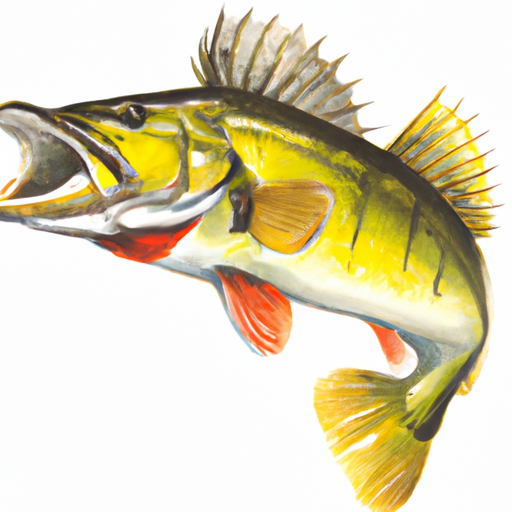
Walleye
|
The walleye is a wide-ranging, North American species that occurs virtually everywhere on the mainland.
It is the largest member of the perch family and has been known to reach 25 lb. (11 kg). Its closest relative and look-a-like is the sauger (Stizostedion canadense). Both have large, glassy, opaque eyes that gave the walleye its name. In shallow water at night, the eyes glow eerily under lights, readily identifying these fishes even before they can be seen. The sauger can be distinguished by the markings on their dorsal fins. The walleye’s dorsal fin may be ...
|
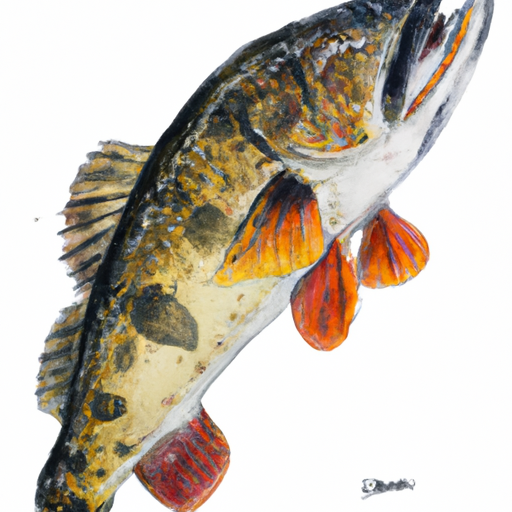
Warmouth
|
Although it is an excellent panfish, the warmouth is not actively sought by a great many anglers.
It is a stocky, bass-like sunfish, and like the rock bass and the green sunfish, its body is slightly thicker and longer than most sunfishes. It can be distinguished from the rock bass by the presence of three spines. Of these three species, the warmouth is the only one that has teeth on the tongue. Its color ranges from olive to gray with mottling on the sides and back, and small spots on the dorsal and anal fins.
|
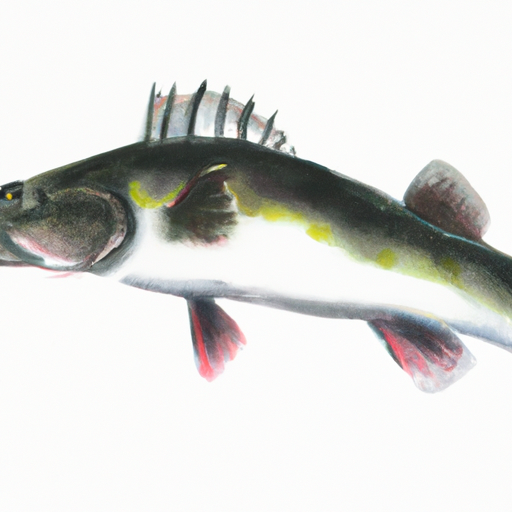
Weakfish
|
The name “weakfish” refers to the tender, easily-torn membrane of the fish’s mouth, rather than to its fighting ability.
The lower jaw of the weakfish clearly projects beyond the upper jaw. Two large, recurvate canine teeth in the front of the upper jaw stand out noticeably. The first dorsal fin has 10 spines. The second has one spine and 26-29 soft rays. The anal fin has two spines and 11-12 rays. The scales are ctenoid and extend onto the soft dorsal and anal fins. In the similar looking spotted seatrout (Cynoscion nebulosus) the scales do not extend onto the ...
|
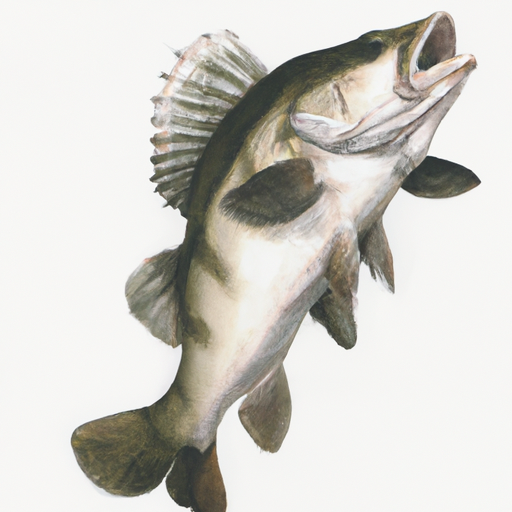
White Bass
|
They are an excellent light tackle fish that will take a bait or lure readily.
The white bass looks quite a bit like a shortened version of its larger relative, the striped bass. It has the same silvery white sides and black stripes. It differs most noticeably in being shorter and stockier with a smaller head, and the dorsal fins are set closer together. They can be distinguished from the yellow bass, by its more silvery color and regular, unbroken stripes as well as by its protruding, pugnacious looking, basslike lower jaw (in the yellow ...
|
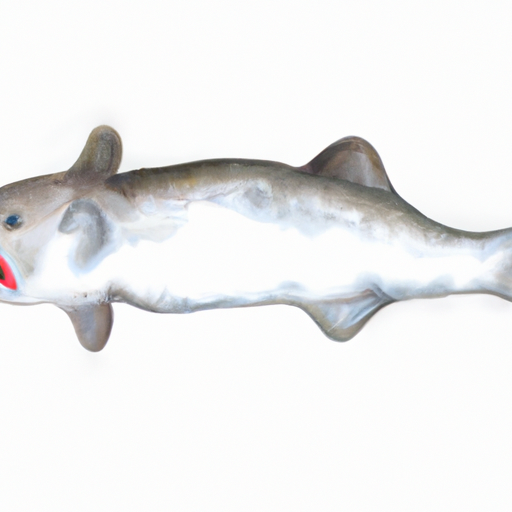
White Catfish
|
The white catfish has become a very popular anglers fish and a popular stock fish in private lakes and ponds.
It is the smallest of the four catfish in the U.S. and Mexico that have forked tails. In all other species the tail is either rounded, squarish, or slightly emarginate. Despite the names white catfish and blue catfish, any of the species with a forked tail maybe light silvery blue with a white belly, though in the white catfish there is sometimes a sharper contrast between the bluish back and the white of the body. It usually has numerous dark ...
|
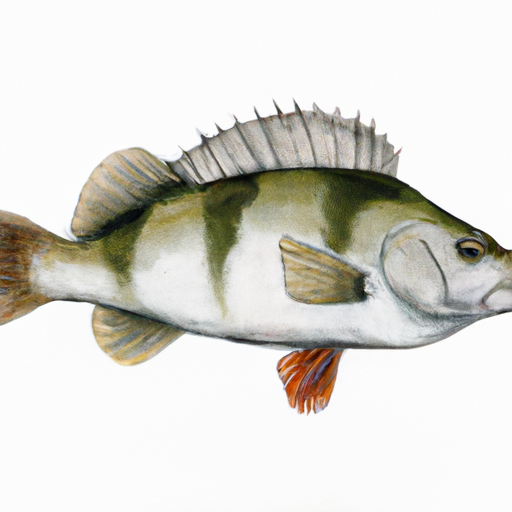
White Perch
|
Despite its common name, the white perch is actually a bass and a close relative of the white bass and the striped bass.
It is smaller, shorter, and stockier than the striped bass, but it is very similar in appearance to the white bass. The most noticeable difference is that the white perch lacks the stripes that are present on both of the other species. The white perch is far more coastal in occurrence than the white bass and most of the overlap in their distributions occurs in the area of the Great Lakes and upper St. Lawrence River. The white perch varies ...
|
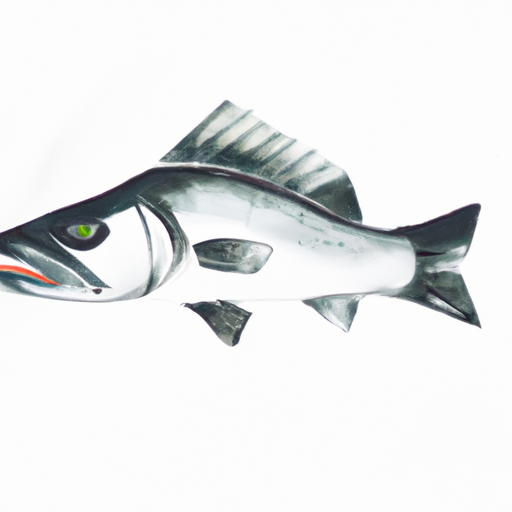
White Seabass
|
White seabass are a prized game fish and an excellent food species.
These fish have a streamlined body shape and a characteristic raised ridge exists along the midline of the belly between the vent and the base of the pelvic (ventral) fins. There is also a black spot at the base of the pectoral fin. The mouth is large, with a row of small teeth in the roof; the lower jaw projects slightly forward. Adult specimens are steel blue to gray above with golden highlights, and silvery below. Young fish up to ...
|
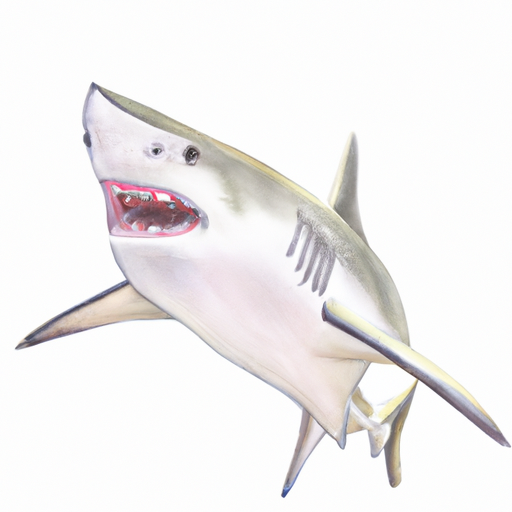
White Shark
|
Despite its infamy, the great white shark is a relatively uncommon species.
The snout is conical and ends in a point, hence the name “white pointer.” There is a large, very prominent, flattened keel on either side of the caudal peduncle. It can be distinguished from all other sharks by its teeth, which are large and triangular like stone arrowheads, with sharp, serrated cutting edges. The great “white” shark is actually a grayish brown color above, fading to an off-white color on the belly. The pectoral fins are black-tipped, and there is ...
|
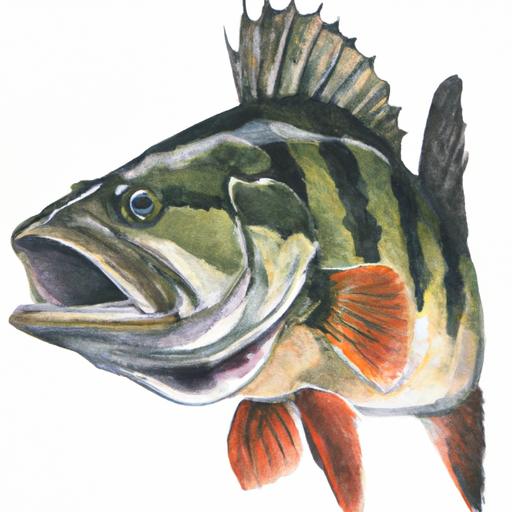
Whiterock Bass
|
The whiterock bass is a hybrid species produced by a female striped bass and a male white bass.
The whiterock bass, commonly referred to a as hybrid bass, looks like a stocky striped bass. It can be distinguished from its larger parent primarily by the shorter, stockier body, and by the interrupted or broken stripes on the sides. The interrupted lines and more robust body will also distinguish it from its smaller parent, the white bass.
|
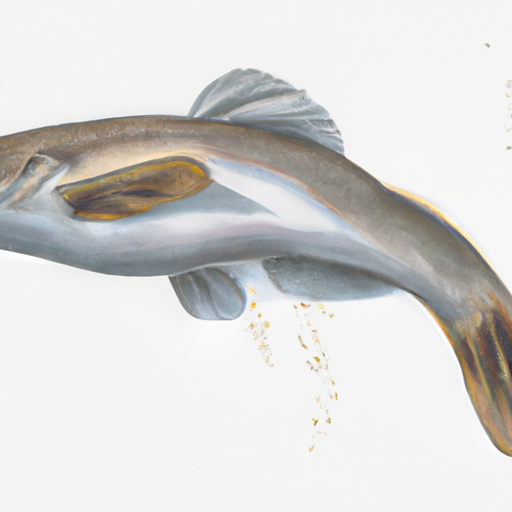
Wiper
|
An excellent food fish and popular sport fish, the wiper’s popularity continues to grow among anglers.
The wiper’s appearance is intermediate between the two parents. It has six to eight dark horizontal stripes over a silver-white background with a dark charcoal to black back. It has two dorsal fins, the anterior with 8-10 sharp spines. It is slightly heavier bodied than the striped bass and grows up to 12 pounds in weight and 24 inches in length. Some specimens are known to reach weights of over 20 pounds.
|
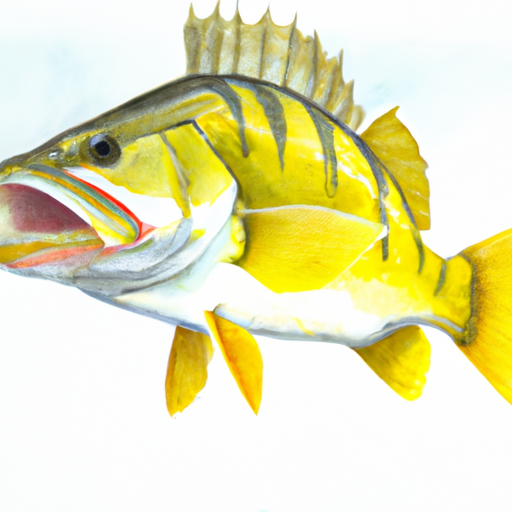
Yellow Bass
|
The yellow bass is a scrappy fighter and a popular species among light-tackle and panfish anglers.
The yellow bass resembles its close relative, the white bass, but can be recognized by its golden yellow sides and more irregular stripes (of the 6-7 stripes the 3-4 that lie below the lateral line are broken or interrupted toward the tail).
|
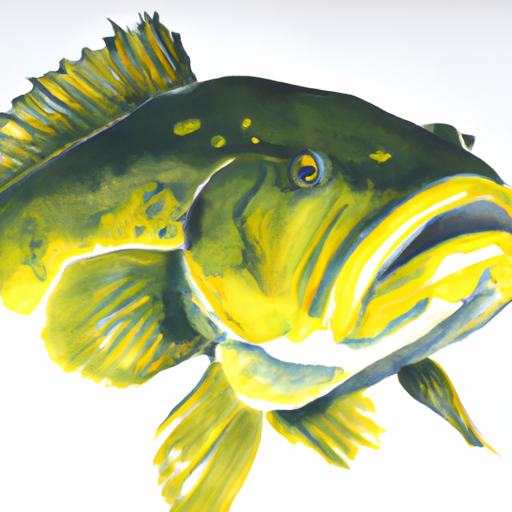
Yellow Bullhead
|
Even though the yellow bullhead is smaller in size compared to the other bullheads, it is a scrappy fighter and popular with anglers.
The yellow bullhead ranges in color from olive to brown to almost black dorsally with a yellow or white belly and yellow or brown sides that are never mottled as they often are in the brown bullheaad. Juveniles usually have dark brown to jet black bodies. It is the only bullhead in which the chin barbels are yellow, buff, or pale instead of a dark color and the upper barbels are brown. The tail is rounded which helps to distinguish ...
|
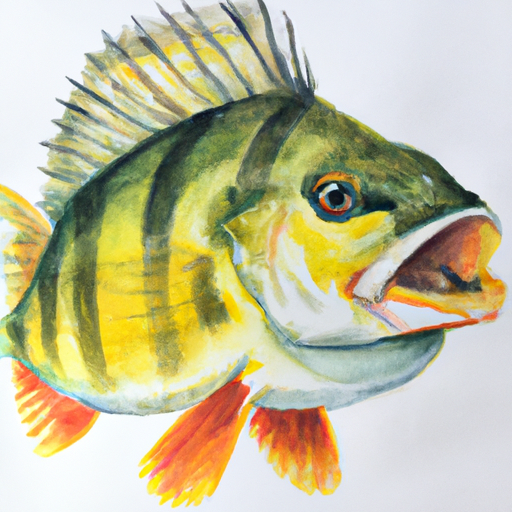
Yellow Perch
|
The yellow perch, unlike the so-called white perch, Morone americana, is a true perch, not a bass.
Its most striking characteristic is its golden yellow body with 6-8 dark fingers or bands which extend from the back towards the belly.Although the average size caught by anglers is 4-12 oz. (0.1-0.34 kg) it provides fast action and can be caught all year long. It will devour almost any natural bait and many types of artificials, including flies, and is an active feeder even in the winter when it is caught while ice fishing.
|